If you want to get your hands on the best Android phone in 2021, the Google Pixel 6 is the best option right now. It's a device that delivers all of the high-end specs and features you could ask for in a flagship smartphone, all while undercutting its rivals by a significant amount. That said, if you're in the market for the best budget Android phone with differentiated software or a more unique design, there are plenty of other options to consider.
What are the best Android phones?
There are many contenders for the best Android phones, but we think the Pixel 6 is the best option for most people. The phone is available in limited countries around the world, and it isn't the most premium you can buy today — that honor would probably go to the Galaxy S21 Ultra or Galaxy Z Fold 3. That said, it has a unique design that allows it to stand out, the latest hardware, and cameras that are better than just about any phone today.
But what makes the Pixel 6 truly stand out is that it costs significantly less than rivals like the Galaxy S21 and OnePlus 9 Pro. The phone is also the first to run Android 12 out of the box, and it will get three years of Android version updates and five years of security updates.
If you have a few more dollars to spend and want something even more impressive, our next pick is the Pixel 6 Pro or the Samsung Galaxy S21 Ultra. The S21 Ultra is one of the most powerful Android phones currently available in 2021, and that's evident with virtually every facet of the S21 Ultra. It has Qualcomm's latest Snapdragon 888 chipset, and it comes with a Quad HD+ display that can run at 120Hz and a camera system that's practically guaranteed to make your jaw drop.
We should also mention that the Google Pixel 5a is in a completely different smartphone category than the true flagships. It has lesser specs across the board and a cheaper design, leading to a vastly lower price. If you want a great Android phone that can do everything you ask of it while spending as little as possible, the Google Pixel 5a is the phone to get.
Google Pixel 6
The best Android phone
Bottom line: The Pixel 6 lowers the barrier to entry for the best camera on Android. The 50MP primary camera takes truly amazing photos in any situation, and you get the best hardware in this class backed by a gorgeous 90Hz AMOLED panel, making it the best overall Android phone.
| Category | Google Pixel 6 |
|---|---|
| Display | 6.4-inch AMOLED, 2400x1080, 90Hz refresh rate |
| Processor | Google Tensor |
| RAM | 8GB |
| Storage | 128GB/256GB |
| Cameras | 50MP primary, 12MP ultra-wide |
| Charging | 30W wired, 21W wireless |
| Battery | 4614mAh |
| Water Resistance | IP68 |
| Dimensions | 158.6 x 74.8 x 8.9mm |
| Weight | 207g |
Pros:
- Truly amazing cameras
- Best value in this category
- Class-leading hardware
- More updates than its rivals
- IP68 and wireless charging
Cons:
- Bigger than its predecessor
- Low availability at the moment
The Pixel has to be the best value you can find today, and when you factor in the hardware and the amazing cameras, it is an easy choice for the best Android phone. The phone has the same 5nm custom Google Tensor chipset and an identical 50MP camera at the back as the Pixel 6 Pro, but it costs significantly less, making it a highly enticing value.
Back that up with a 90Hz AMOLED panel, Android 12 out of the box, and the same three platform updates and five years of security updates, and there's no reason to look at any other phones. The Pixel 6 has all the hardware you're looking for — including IP68 dust and water resistance and wireless charging — and you get stunning cameras and a bold design backed by class-leading updates.
There isn't a lot missing here, and when you factor in the affordability, this is a deal you don't want to miss.
Best overall Android phone
Google Pixel 6 128GB
$599 at Amazon $599 at Best Buy $599 at B&H
The Pixel 6 is the best value you'll find on Android today; seriously, buy it for the cameras alone.
Google Pixel 6 Pro
The ultimate camera smartphone
Bottom line: With the Pixel 6 Pro, Google has finally delivered an Android phone that beats its rivals not just in the camera, but in most other areas as well. This is the best phone right now if you're looking for truly world-class cameras.
| Best overall | Google Pixel 6 Pro |
|---|---|
| Display | 6.71-inch AMOLED, 3120x1440, 120Hz refresh rate |
| Processor | Google Tensor |
| RAM | 12GB |
| Storage | 128GB/256GB |
| Cameras | 50MP primary, 12MP ultra-wide, 50MP telephoto |
| Charging | 30W wired, 23W wireless |
| Battery | 5000mAh |
| Water Resistance | IP68 |
| Dimensions | 163.9 x 75.9 x 8.9mm |
| Weight | 210g |
Pros:
- Best cameras you'll find on any phone
- Latest internal hardware
- Sublime 120Hz AMOLED screen
- Will get more updates than other Android phones
- Costs less than its rivals
Cons:
- Low availability right now
- Build quality not on par with rivals
Google's earlier Pixel phones had great cameras, but as phones, they were lacking in several areas. The hardware wasn't on par with what Samsung, Xiaomi, and others were offering in the high-end segment, and they were plagued by a lot of quality control issues.
With the Pixel 6 Pro, Google is changing all of that. The phone has the same caliber of hardware as the latest flagships from Samsung and Xiaomi, but that doesn't come at the cost of camera innovation; if anything, Google has managed to deliver huge upgrades on this front. There's now a 50MP primary camera that takes outstanding photos, and you'll also find an ultra-wide lens that holds up just as well and a 48MP zoom lens with 4x optical zoom.
That means that the Pixel 6 Pro has the best cameras you'll find on any phone today, but it isn't just a phone with great cameras; the rest of the hardware is also refined. You'll discover a gorgeous design at the back with a wide camera bar, the screen is a 6.71-inch AMOLED with 120Hz refresh rate, and you also get a large 5000mAh battery with 30W wired and 23W wireless charging.
A true differentiator is the internal hardware; the Pixel 6 Pro is the first phone to feature Google's custom Tensor platform, and it is on par with the latest from Qualcomm and Samsung. It features two Cortex X1 cores along with A76 and energy-efficient A55 cores, basically ensuring that it can handle anything you throw at it with ease.
Google messed up with memory and storage in the past, but it isn't making those mistakes with the Pixel 6 Pro. The phone comes with 12GB of RAM as standard, and you can pick it up in 128GB or 256GB storage configurations. The Pixel 6 Pro has a distinct edge in terms of updates: it comes with Android 12 out of the box and will get three Android platform updates and five years of security updates. Combine all of that with the fact that the Pixel 6 Pro costs less than the Galaxy S21 Ultra, and you have a standout winner.
Best Android cameras
Google Pixel 6 Pro 128GB
$899 at Best Buy See at Amazon $899 at B&H
With the best cameras on any phone today, unique design, insane hardware, and class-leading updates, the Pixel 6 Pro has it all.
Samsung Galaxy S21
Still a great overall option
Bottom line: Samsung's Galaxy S21 is a great overall package, delivering 5G, the latest hardware, and all the extras you could ask for in a 2021 flagship.
| Best overall | Samsung Galaxy S21 |
|---|---|
| Display | 6.2-inch AMOLED, 2400x1080, 120Hz refresh rate |
| Processor | Qualcomm Snapdragon 888 |
| RAM | 8GB |
| Storage | 128 or 256GB |
| Cameras | 12MP primary, 12MP ultra-wide, 64MP telephoto |
| Charging | 25W wired, 15W wireless |
| Battery | 4,000 mAh |
| Water Resistance | IP68 |
| Dimensions | 151.7 x 71.2 x 7.9mm |
| Weight | 172g |
Pros:
- Compact and lightweight design
- Snapdragon 888 is a performance beast
- 120Hz AMOLED display
- Very capable cameras
- All-day battery life
Cons:
- Doesn't have expandable storage
- No MST for Samsung Pay
In 2021, Samsung released a smaller and more affordable smartphone in the regular Galaxy S21. The phone is catered to users that want a fully-fledged smartphone experience without completely breaking the bank.
One of the best things the Galaxy S21 has going for it is the display. It's a Full HD+ AMOLED panel, and when paired with a smooth 120Hz refresh rate, it is nothing short of excellent. It's not quite as sharp as the Quad HD+ resolution found on the S21 Ultra, but the picture still looks crisp thanks to a smaller 6.2-inch display size. Combine that smaller display with plastic construction, and the S21 ends up being a comfortable phone to use thanks to its small size and lightweight design.
Another highlight is performance. The Galaxy S21 features the Snapdragon 888 and 8GB of RAM. No matter what tasks you throw at the phone, it'll handle them with ease. There's also a 4,000 mAh battery for all-day endurance, an IP68 dust/water resistance rating, and your choice of 128GB or 256GB of storage. The camera experience isn't as jaw-dropping as what you'll find with the S21 Ultra, though it is a bit better than the S20 FE. Once again, it's a nice middle-ground between the two.
You get three guaranteed Android updates and four years of security patches on the software front, making the Galaxy S21 one of the best phones for long-term use. That said, the Galaxy S21 shares the same cons as the S21 Ultra, meaning there's no expandable storage or MST for Samsung Pay. Those are two features you do get with the S20 FE, but the S21 still manages to stand out thanks to its improved cameras, faster performance, nicer design, and more pocketable form factor.
Great overall value
Samsung Galaxy S21 Android Phone
$1,000 at Amazon $800 at Best Buy
With a sublime display, stellar cameras, and a price tag that your wallet will appreciate, the Galaxy S21 is the best Android phone.
Samsung Galaxy S21 Ultra
An Android phone with zero compromises
Bottom line: The S21 Ultra stands out as the phone to get if you don't want to spare any expense. Everything from the display, hardware, cameras, and more are among the very best you can get — just be prepared for it to cost you a pretty penny.
| Category | Samsung Galaxy S21 Ultra |
|---|---|
| Display | 6.8-inch AMOLED, 3200x1440, 120Hz refresh rate |
| Processor | Qualcomm Snapdragon 888 |
| RAM | 12 or 16GB |
| Storage | 128, 256, or 512GB |
| Cameras | 108MP primary, 12MP ultra-wide, 10MP telephoto (3x), 10MP telephoto (10x) |
| Charging | 25W wired, 15W wireless |
| Battery | 5,000 mAh |
| Water Resistance | IP68 |
| Dimensions | 165.1 x 75.6 x 8.9mm |
| Weight | 229g |
Pros:
- Gorgeous design
- Quad HD+ display with 120Hz refresh rate
- Snapdragon 888 is ridiculously fast
- New camera system is top-notch
- Works with the S Pen
Cons:
- Doesn't have expandable storage or MST
- It's a massive phone
If you're itching for a device that has even more to offer than the regular S21 and you're okay with spending more to get that kind of experience, you'll want to turn your attention towards the Galaxy S21 Ultra.
This is Samsung's top-of-the-line flagship for 2021, and in virtually every regard, the premium nature of the S21 Ultra is easy to see. Starting first with the display, you're treated to a massive 6.8-inch panel that's capable of running a Quad HD+ resolution with a 120Hz refresh rate at the same time — something very few smartphones are capable of doing. This means you get razor-sharp text, buttery smooth animations, and the stunning colors of Samsung's Dynamic AMOLED screen technology.
Powering the S21 Ultra is the Snapdragon 888 chipset, paired with either 12 or 16GB of RAM. In real-world use, that means the Galaxy S21 Ultra is one of the fastest phones money can buy. Keeping with the theme of high-end specs, other niceties include a 5,000 mAh battery, up to 512GB of storage, an IP68 water/dust resistance rating, and a larger in-screen fingerprint sensor that's much faster and easier to use than the one found on the S20 FE.
As if that wasn't enough, the tour de force of the Galaxy S21 Ultra is its camera system. The primary camera is a 108MP sensor that captures extremely detailed and colorful shots. The 8MP ultra-wide lens is a strong performer. The two telephoto cameras — featuring 3x and 10x zoom distances — allow for some of the very best zoom pictures we've ever seen.
There's no denying the impressiveness of the S21 Ultra, but that's not to say it's without its faults. Samsung got rid of expandable storage and MST for Samsung Pay, two hallmark features of Galaxy phones before it. If you're alright with losing out on those features, the Galaxy S21 Ultra experience is well well worth the price of admission.
Best premium phone
Samsung Galaxy S21 Ultra 128GB
$1,186 at Amazon $1,200 at Best Buy $1,340 at Walmart
Shelling out over $1,000 for a new phone isn't for everyone, but if you're able to, the S21 Ultra makes great use of its high price.
OnePlus 9 Pro
The best phone for Android enthusiasts
Bottom line: The OnePlus 9 Pro delivers a gorgeous new design combined with top-notch internal hardware, cameras tuned by Hasselblad, and clean software. OnePlus finally has a phone that measures up to Android's best, and the OnePlus 9 Pro is an affordable alternative to the Galaxy S21 Ultra.
| Category | OnePlus 9 Pro |
|---|---|
| Display | 6.7-inch AMOLED, 3216x1440, 120Hz refresh rate |
| Processor | 2.84GHz Qualcomm Snapdragon 888 |
| RAM | 8GB/12GB |
| Storage | 128GB/256GB |
| Cameras | 48MP primary, 50MP wide-angle, 8MP telephoto, 2MP monochrome |
| Charging | 65W wired, 50W wireless |
| Battery | 4500mAh |
| Water Resistance | IP68 |
| Dimensions | 163.2 x 73.6 x 8.7mm |
| Weight | 197g |
Pros:
- Outstanding performance
- Gorgeous design with 120Hz AMOLED display
- Stellar cameras tuned by Hasselblad
- 65W wired / 50W wireless charging
- IP68 dust and water resistance
- Now, with three years of software updates
Cons:
- Average battery life
- Single-SIM in the U.S.
The OnePlus 9 Pro is gunning straight for the Galaxy S21 Ultra. The phone features the latest hardware you'll find today, including the Snapdragon 888 chipset, along with LPDDR5 RAM and UFS 3.1 storage modules, and a marquee addition this year is the cameras.
OnePlus always nailed the hardware, but it just couldn't deliver cameras that held up to Samsung, Google, and Xiaomi. That has changed with the OnePlus 9 Pro. The device comes with an upgraded 48MP camera at the back that takes fantastic photos. OnePlus also partnered with German camera giant Hasselblad to deliver outstanding images to capture every moment. The result: the OnePlus 9 Pro takes amazing shots in just about any lighting condition. There's also a 50MP wide-angle lens that may just be the best on any phone today, and you get an 8MP module that offers 3x digital zoom.
The OnePlus 9 Pro is one of the fastest phones you can buy today, and a new 120Hz AMOLED display joins the top-notch hardware. In addition, the phone uses an LTPO display to dynamically change the refresh from 1Hz to 120Hz, allowing it to conserve battery life while delivering a smooth and fluid user experience in daily use.
You'll also find clean software without any bloatware at all in the Android 11-based OxygenOS 11. The interface has plenty of customizability, and unlike Samsung's One UI, you will not find any errant ads anywhere. The clean UI combined with a focus on performance and customization make OxygenOS the default choice for enthusiasts.
The phone doesn't miss out in other areas either — you get IP68 dust and water resistance, 5G connectivity over both Sub-6 and mmWave, and dual-band GPS along with NFC. But a key highlight is around battery tech — the OnePlus 9 Pro offers 65W wired charging along with 50W wireless charging, with the phone taking just 29 minutes to fully charge using the bundled charger. OnePlus also recently announced that its flagship phones would begin receiving three major Android updates — up from the two promised previously.
While it's exciting to see the gains in this area, the one downside is that battery life itself isn't on par with other Android flagships. For example, the OnePlus 9 Pro barely manages to last a day with heavy use, so you may want to take the charger along if you're heading out.
That said, the OnePlus 9 Pro is a great overall package that nails the fundamentals. So if you're not sure about the Galaxy S21 Ultra and are looking for an alternative, you will love what the OnePlus 9 Pro has to offer.
Best phone for enthusiasts
OnePlus 9 Pro Android Phone
$800 at Amazon $800 at Best Buy $800 at OnePlus
The OnePlus 9 Pro gives you the latest hardware features and cameras that take outstanding photos in any lighting.
Google Pixel 5a
Amazing cameras, best-in-class battery, even better price
Bottom line: There are many good smartphone deals out there, but none of them are as impressive as the Pixel 5a. No other phone gives you this much for so little, from its flagship-grade cameras, reliable performance, multi-day battery life, and long-term software support.
| Category | Google Pixel 5a |
|---|---|
| Display | 6.34-inch OLED, 2400x1080, 60Hz refresh rate |
| Processor | Qualcomm Snapdragon 765G |
| RAM | 6GB |
| Storage | 128GB |
| Cameras | 12.2MP primary, 16MP ultra-wide |
| Charging | 18W wired |
| Battery | 4,680 mAh |
| Water Resistance | IP67 |
| Dimensions | 156.2 x 73.1 x 8.8mm |
| Weight | 183g |
Pros:
- Flagship cameras on a budget phone
- Largest battery ever on a Pixel phone
- AMOLED display looks great
- 5G support and IP67 water resistance
- Three years of software support
Cons:
- Boring design
- No wireless charging
- No mmWave support
The Pixel 5a is the best phone value available today, period. Google's packed most of what makes the Pixel 5 series good into a smartphone that costs over hundreds less. You also get a compact device that excels in the battery life department, unlike Pixel's past. Seriously, this phone lasts all day and well on into the next.
Perhaps the most impressive part of the 5a is its camera setup, the same setup as the Pixel 4a 5G and Pixel 5 that preceded it. The primary camera shoots exceptional photos in all lighting conditions, with Night Sight showing its strength in poor lighting, and it boasts an ultra-wide shooter to help get everything in the frame. On both the front and back, you're getting flagship-level camera quality out of a phone that's a fraction of the price. The 5a also boasts 5G support, the largest battery on a Pixel phone, and IP67 water resistance.
So what do you lose by spending a third of the price of a more traditional flagship? Well, the Pixel 5a is made of plastic and lacks wireless charging and mmWave 5G, features you can take for granted at a higher price point. It also comes in one size, a 6.34-inch variant, and one color, Mostly Black. There are no storage size options, either: you get 128GB of internal memory, which should be plenty for most people, but a lack of microSD expansion may be a problem for the content collectors out there.
All of these limitations shouldn't impede your desire to buy the Pixel 5a, which proved to be one of the best smartphone surprises of 2021 — even if it did launch a few months late. Google's latest budget phone is a winner, from the size to the performance to the battery life and camera quality.
Best mid-range Android phone
Google - Pixel 5a
The Pixel 5a has flagship cameras and amazing battery life at a fraction of the price of the other flagships on this list.
Samsung Galaxy Z Flip 3
The ultimate pocketable smartphone
Bottom line: If you yearn for the good old days of flip phones but don't want to compromise on flagship smartphone features, this is the device for you.
| Category | Samsung Galaxy Z Flip 3 |
|---|---|
| Display | 6.7-inch OLED, 2640x1080, 120Hz refresh rate |
| Processor | Qualcomm Snapdragon 888 |
| RAM | 8GB |
| Storage | 128/256GB |
| Cameras | 12MP primary, 12MP ultra-wide |
| Charging | 15W wired, 10W wireless, 4.5W reverse wireless |
| Battery | 3,300 mAh |
| Water Resistance | IP68 |
| Dimensions | 86.4 x 72.2 x 17.1mm (folded) 166 x 72.2 x 6.9mm (unfolded) |
| Weight | 183g |
Pros:
- Improved durability over previous generations
- Compact and comfortable to hold
- 120Hz AMOLED display
- IPX8 water resistance
- Larger cover screen than previous versions
Cons:
- Not as useful closed as Z Fold 3
- Battery life could be better
The Galaxy Z Flip 3 feels like the device we've been waiting for since foldable smartphones burst on the scene a few years ago. This phone has some subtle iterations over the previous versions, which combine to make it a much-improved device in terms of performance and usability.
For starters, Samsung worked hard to make the Z Flip 3 more durable than ever, with an improved hinge, tougher glass and display covers, and IPX8 water resistance. We also get seven gorgeous color options, and some really fun and unique cases. And just because this is a compact, folding phone, that doesn't mean that you have to miss out on some great cameras. This phone's cameras perform on a similar level as Samsung's Galaxy S21 line of flagships.
As much as we love this retro-futuristic phone, there are a few sacrifices to be aware of. For one, there is no telephoto lens, thanks to the shape and size of the device. In addition, the cover display is limited in what it can do (at least for now), and the battery life could be better. But all in all, this phone will make a lot of folks very happy.
Best pocketable Android phone
Samsung Galaxy Z Flip 3 - Smartphone
$850 at Amazon $999 at Samsung $1,000 at Best Buy
The Galaxy Z Flip 3 combines the best of a modern smartphone with the convenience of a traditional flip phone.
Samsung Galaxy S20 FE
The best value flagship
Bottom line: Samsung's Galaxy S20 FE is a solid, affordable 5G phone that offers most of what makes Samsung flagships so good in a cheaper, colorful package.
| Category | Galaxy S20 FE |
|---|---|
| Display | 6.5-inch OLED, 2400x1080, 120Hz refresh rate |
| Processor | Qualcomm Snapdragon 865 |
| RAM | 6GB |
| Storage | 128GB |
| Cameras | 12MP primary, 8MP telephoto, 12MP ultrawide |
| Charging | 15W wired, Qi wireless charging |
| Battery | 4,500 mAh |
| Water Resistance | IP68 |
| Dimensions | 161.6 x 71.1 x 9.3mm |
| Weight | 190g |
Pros
- Flat 120Hz display is terrific
- All-day battery life
- Promised three years of software updates
- Impressive cameras with 3x optical zoom
- Sturdy design with fun color options
Cons
- Not every color option is available everywhere
- Camera can be slow to load
Samsung clearly understands that this is a time for people to pare back their expenses because the Galaxy S20 FE is a value flagship that really doesn't skimp. It's based on the successful foundation of the Galaxy S20+, featuring a spacious 6.5-inch 1080p AMOLED display with a luxurious 120Hz refresh rate, a Snapdragon 865, 6GB of RAM, 128GB of storage, and an all-day 4,500mAh battery.
Of course, to hit its affordable price point, Samsung needed to make some sacrifices, so it traded the Galaxy S20 series' back glass for colorful plastic — the FE is available in six delicious colors — and cut back on the quality of the triple-camera setup ever-so-slightly.
Still, the S20 FE has everything you'd expect in a high-end phone and performs just as well. We especially love the IP68 water resistance and wireless charging, two features rare in this price bracket. Plus, it shares the same primary camera sensor as the Galaxy S20 and S20+, ensuring beautiful results in good light and bad.
Samsung's One UI 3.0 is also on-board. In addition, the company promises three years of platform and security updates, ensuring that you'll be getting the latest Android features well into the next decade.
Finally, Samsung includes sub-6Ghz 5G in all variants of the Galaxy S20 FE, and we found performance to be excellent on both AT&T's and T-Mobile's 5G networks. If you want a Verizon version that supports mmWave, it's also available for purchase.
Best value flagship
Samsung Galaxy S20 FE 5G 128GB
$700 at Amazon $700 at Best Buy
The Galaxy S20 FE offers nearly everything you'd find on the more expensive S20 variants, with high-end specs and impressive cameras.
Moto G Power (2020)
Great entry-level option
Bottom line: The Moto G Power 2020 has reliable hardware combined with outstanding battery life and clean software. Of course, there are a few downsides — it's limited to 10W charging and will only get one Android update, but you are getting a great entry-level package overall.
| Category | Moto G Power (2020) |
|---|---|
| Display | 6.4-inch LCD, 2300x1080, 60Hz refresh rate |
| Processor | Qualcomm Snapdragon 665 |
| RAM | 4GB |
| Storage | 64GB |
| Cameras | 16MP primary, 8MP wide-angle, 2MP macro |
| Charging | 10W wired |
| Battery | 5000mAh |
| Water Resistance | ❌ |
| Dimensions | 159.9 x 75.8 x 9.6mm |
| Weight | 199g |
Pros:
- At least two-day battery life
- Clean software
- Reliable hardware
- Large 1080p display
- 3.5mm jack
Cons:
- Will get only one Android update
- Charging limited to 10W
- Average cameras
If you're in the market for an entry-level phone, the Moto G Power 2020 is still a great choice in 2021. Again, Motorola has nailed the basics here, delivering a robust phone with all the features you're looking for in a budget option.
The standout feature on the Moto G Power 2020 is the battery: featuring a large 5000mAh battery, the phone manages to last over two days without fail. The charging situation isn't ideal, though; the Moto G Power 2020 has 10W wired charging, so you will want to plug in the device overnight.
The phone holds up pretty well in other areas too. You get a 6.4-inch 1080p LCD that's decent enough in its own right, and the Snapdragon 665 is a reliable performer in normal use. The phone has stereo sound, a 3.5mm jack, a rear-mounted fingerprint sensor, and a microSD card slot. And as the phone is officially sold in the U.S., it works on all the major carriers.
In fact, it's a better option than the Moto G Power 2021 in key areas — the 2021 model has fewer LTE bands, a lower-resolution 720p display, and a less powerful chipset. You'll find positives on the software side as well, with Motorola offering a clean interface without any bloatware. The downside here is that the phone will get just one Android update — to Android 11 — and if you're okay with that, the Moto G Power 2020 has plenty to offer in 2021.
Best entry-level Android phone
Moto G Power (2020)
$220 at Amazon $309 at Walmart
With reliable hardware and incredible battery life, the Moto G Power continues to be a solid entry-level option in 2021.
Samsung Galaxy Z Fold 3
The best folding phone
Bottom line: Folding phones are here, and the Galaxy Z Fold 3 is the best one we've seen yet. It's a smartphone and tablet in one device, and while it is costly, it's also the best attempt yet we've seen for this form factor.
| Category | Samsung Galaxy Z Fold 3 |
|---|---|
| Cover Display | 6.2-inch AMOLED, 2268x832, 120Hz refresh rate |
| Inner Display | 7.6-inch AMOLED, 2208x1768, 120Hz refresh rate |
| Processor | Qualcomm Snapdragon 888 |
| RAM | 12GB |
| Storage | 256/512GB |
| Cameras | 12MP primary, 12MP telephoto, 12MP ultra-wide |
| Charging | 25W wired, 10W wireless, 4.5W reverse wireless |
| Battery | 4,400 mAh |
| Water Resistance | IPX8 |
| Dimensions | 158.2 x 67.1 x 16.0mm (folded) 158.2 x 128.1 x 6.4mm (unfolded) |
| Weight | 271g |
Pros:
- Bleeding-edge design
- Puts a mini-tablet in your pocket
- Excellent displays
- Great cameras
- Works with S Pen
- Improved durability and water resistance
Cons:
- Price tag
- No storage for S Pen
- App compatibility issues
Just like any piece of technology, smartphones evolve and change as time goes on. We've seen screens get bigger, cameras get a lot more capable, and processors rival those found in computers. The next big thing for phones is the folding form factor, and so far, the best yet in this niche is the Samsung Galaxy Z Fold 3.
The best way to think about the device is as a phone and tablet in one. When the Z Fold 3 is closed, you're treated to a 6.2-inch 120Hz AMOLED display that you can use for anything you'd like — checking email, scrolling through Twitter, watching YouTube videos, you name it. However, if you want a larger canvas, all you need to do is open up the Z Fold 3 up. There, you're treated to a larger 7.6-inch AMOLED screen with a 120Hz refresh rate. It's a lot like having an iPad Mini that you can fold up and take with you wherever you want, and if you ask us, that's pretty amazing.
This version of the Z Fold series is the best yet, with improved hinge and screen durability, IPX8 water resistance, and finally, S Pen support. That means that you can now draw or take notes on the interior screen for creative or productive work on the go. The only bummer is that you'll have to keep track of your S Pen or put it in a bulky case, as there is no way to stow it in the body of the phone like with the Note series.
This isn't a phone that we recommend everyone go out and buy right now, but as far as folding phones go, the Galaxy Z Fold 3 is the best we've seen to date. So if you're willing to spend the money and put up with those quirks, the Z Fold 3 has a lot to offer.
Best foldable Android phone
Samsung Galaxy Z Fold 3 - Smartphone
$1,800 at Samsung $1,800 at Best Buy
Folding phones are the future, and leading that revolution is the Galaxy Z Fold 3 from Samsung.
OnePlus 9
The ideal alternative to Galaxy S20 FE
Bottom line: If you're looking for a value flagship and want a phone with a gorgeous design, the latest hardware, stellar cameras, fast charging, and clean software, the OnePlus 9 is the obvious choice.
| Category | OnePlus 9 |
|---|---|
| Display | 6.5-inch AMOLED, 2400x1080, 120Hz refresh rate |
| Processor | Qualcomm Snapdragon 888 |
| RAM | 8GB/12GB |
| Storage | 128GB/256GB |
| Cameras | 48MP primary, 50MP wide-angle, 2MP portrait |
| Charging | 65W wired, 15W wireless |
| Battery | 4500mAh |
| Water Resistance | ❌ |
| Dimensions | 160 x 74.2 x 8.7mm |
| Weight | 192g |
Pros:
- Sublime 120Hz AMOLED display
- Top-tier hardware
- Clean software with no bloat
- Standout cameras
- 65W wired / 15W wireless charging
- Three years of Android updates
Cons:
- Single-SIM in the U.S.
With the OnePlus 9, OnePlus sets its sights on the Galaxy S20 FE. The phone delivers on the same fundamentals as Samsung's value flagship, offering the latest internal hardware, a 120Hz AMOLED display, reliable cameras, and many extras from the OnePlus 9 Pro.
The 120Hz AMOLED display on the OnePlus 9 is one of the best you'll find in this particular category, and thanks to the Snapdragon 888 chipset, the phone handles anything you throw at it without breaking a sweat. You also get 5G connectivity over Sub-6, Wi-Fi 6, NFC, AptX HD audio codecs, and an excellent vibration motor.
The phone has the same 4500mAh battery as the OnePlus 9 Pro, and you get 65W wired charging. What's new this generation is the addition of 15W Qi wireless charging. It may not be quite the same as the insane 50W wireless charging on the 9 Pro, but the upside is that the OnePlus 9 works with any Qi-enabled wireless charger available today. This particular feature is missing on the Indian and Chinese models, but you'll find it on the OnePlus 9 variants sold in North America and Europe.
Coming to the software, OxygenOS 11 continues to set the standard in terms of customizability. The bloatware-free UI is a delight to use, and recently OnePlus announced that it would begin supporting its flagship phones with three years of Android platform updates.
Overall, the OnePlus 9 is a solid contender to the Galaxy S20 FE. It has the latest hardware, great cameras, clean software, and fast charging, and for what it costs, you are getting a great overall value.
Best S20 FE alternative
OnePlus 9 Android Phone
$600 at Amazon $600 at OnePlus
The OnePlus 9 delivers top-notch hardware and standout cameras, making it an enticing value flagship in 2021.
ASUS ZenFone 8
The best small Android phone
Bottom line: The ASUS ZenFone 8 is a bit of a departure from its predecessors, but it is the best smallest Android flagship you can buy right now. It has an excellent build, clean software, great cameras, 5G, and the powerful Snapdragon 888 SOC.
| Category | ASUS ZenFone 8 |
|---|---|
| Display | 5.9-inch OLED, 2400x1080, 120Hz refresh rate |
| Processor | Qualcomm Snapdragon 888 |
| RAM | 6/8/16GB |
| Storage | 128/256GB |
| Cameras | 64MP primary, 12MP ultra-wide |
| Charging | 30W wired |
| Battery | 4,000 mAh |
| Water Resistance | IP68 |
| Dimensions | 148 x 68.5 x 8.9mm |
| Weight | 169g |
Pros:
- Easy to use one-handed
- Gorgeous screen with 120Hz refresh rate
- Solid cameras
- 3.5mm headphone jack
- Killer price
Cons:
- Boring design
- No wireless charging
- No telephoto camera
If you're one of those people who still pines for a smaller, flagship-level phone, then we have some good news for you. The ASUS ZenFone 8 delivers one of the best Android experiences you can get in mid-2021 for much less than the competition. Plus, it's one of the smallest Android flagships around.
Unlike the ZenFone 6 and 7 series and the ZenFone 8 Flip, the ZenFone 8 has done away with the flipping camera module in favor of a more traditional design. While this new (older) form factor makes the device more pocketable, ASUS nonetheless retained an excellent camera setup. It also means that it is now IP68 water-resistant. In addition, the ZenFone 8 features a gorgeous AMOLED display with a 120Hz refresh rate, and it even retains an old-school fan favorite with its 3.5mm headphone jack.
The ZenFone 8 has top-notch internal specs, too, including the powerful Snapdragon 888 processor, fast 20W wired charging, and one of the cleanest builds of Android we've seen this year. However, you miss out on wireless charging, and ASUS's track record for updates has left us wanting in the past.
This is the perfect phone for someone who admires the size and capabilities of something like the Google Pixel 4a but who also wants a more premium and performant Android phone.
Best small Android phone
ASUS ZenFone 8 Android Phone
$699 at Amazon (256GB global version) $630 at ASUS $650 at Newegg
If you want a smaller flagship phone with 5G and clean software, the ASUS Zenfone 8 is the one to get.
Samsung Galaxy A52 5G
Making 5G more accessible
Bottom line: The Galaxy A52 5G gives you amazing hardware in the form of a 120Hz AMOLED screen and a Snapdragon 750G chipset with 5G connectivity. Although the design looks similar to the S21 series, you also get great cameras and all-day battery life, which is much more affordable.
| Category | Samsung Galaxy A52 5G |
|---|---|
| Display | 6.5-inch AMOLED, 2400x1080, 120Hz refresh rate |
| Processor | Qualcomm Snapdragon 750G |
| RAM | 6GB |
| Storage | 128GB |
| Cameras | 64MP primary, 812MP ultra-wide, 5MP macro, 5MP portrait |
| Charging | 25W wired |
| Battery | 4500 mAh |
| Water Resistance | IP67 |
| Dimensions | 159.9 x 75.1 x 8.4mm |
| Weight | 189g |
Pros:
- 120Hz AMOLED panel is sublime
- Great hardware with 5G connectivity
- Camera gains from last year
- All-day battery life
- MicroSD slot and 3.5mm jack
Cons:
- 5G limited to Sub-6 bands
If you want to switch to a 5G phone but don't want to pay too much money, then the Galaxy A52 5G may just be the ideal option for you. Samsung has consistently delivered value packages with the Galaxy A series, and it is taking things to a whole new level in 2021.
The Galaxy A52 5G offers considerable upgrades over its predecessor; the 6.5-inch AMOLED panel now has a 120Hz refresh rate, giving you a level of immediacy during daily interactions that was missing in last year's Galaxy A51. The internal hardware has also received a boost, and the Snapdragon 750G chipset is faster in almost every day-to-day scenario.
The camera has received some attention, with the A52 5G now offering a 64MP lens at the back. Even a microSD slot and a 3.5mm jack are two features you won't find on the Galaxy S21 series. And thanks to a generous 4500mAh battery and 25W fast charging, you don't have to worry about battery life.
Samsung added IP67 dust and water resistance to the Galaxy A52 5G, making it just that little more enticing. Oh, and there's, of course, 5G connectivity here, so if you're thinking of switching to a 5G plan this year and need a mid-range phone, the Galaxy A52 5G ticks all the right boxes.
Best cheap 5G phone
Samsung Galaxy A52 5G Android Phone
$500 at Amazon $500 at Best Buy $500 at Samsung
The Galaxy A52 5G gives you all the features you're looking at in a mid-range phone, making it a standout choice.
ASUS ROG Phone 5
The best Android gaming phone
Bottom line: The ASUS ROG Phone 5 is designed for gamers. It has an incredible build, a stunning 144Hz AMOLED display, and is paired with a massive 6,000mAh battery and 65W wired fast charging. There are also great accessories and extras to help you get the most out of your mobile gaming experience.
| Category | ASUS ROG Phone 5 |
|---|---|
| Display | 6.78-inch AMOLED, 2448x1080, 144Hz refresh rate |
| Processor | Qualcomm Snapdragon 888 |
| RAM | 8/12/16/18GB |
| Storage | 128/256/512GB |
| Cameras | 64MP primary, 13MP ultra-wide, 5MP macro |
| Charging | 65W wired |
| Battery | 6,000 mAh |
| Water Resistance | ❌ |
| Dimensions | 172.8 x 77.2 x 10.2mm |
| Weight | 238g |
Pros:
- Huge battery (6,000mAh)
- 144Hz refresh rate
- 3.5mm headphone jack
- Gaming inspired design
- Fast and fluid performance
Cons:
- This phone is BIG
- No wireless charging
- No water resistance
Gaming phones are definitely a niche category, but the folks interested in these devices really care how they perform. ASUS knows this subset extremely well and has been cranking out heavy-duty gaming phones for several years now. Its ROG line of phones complements its gaming PCs quite well, and there is undoubtedly a lot of crossover between owners of these computers and phones.
The latest in the vaunted ROG series is the ROG Phone 5. It boasts one of the largest capacity batteries we've seen (6,000mAh) for extended play sessions, as well as a brilliant AMOLED display with a high 144Hz refresh rate to make your content fly. You also get a 3.5mm headphone jack, so you don't have to worry about audio latency, and it's all powered by the latest and greatest Snapdragon 888 chipset.
There are several great accessories that you can purchase separately to help you get even more out of the experience, such as gamepads, coolers, and cases, but the phone looks great au naturale. The most significant drawbacks of the phone are that it doesn't have wireless charging or an official IP rating, and it is quite a big and heavy device.
Best Android gaming phone
ASUS ROG Phone 5 Android Phone
$660 at Amazon (international version)
From hardware to software, design and performance, there isn't a better gaming phone on the market right now than the ASUS ROG Phone 5.
Xiaomi Redmi Note 10 Pro
The best global budget Android phone
Bottom line: The Redmi Note 10 Pro takes things to a whole new level in the budget segment. The phone has a 120Hz AMOLED display, robust internal hardware, a 64MP camera that takes great photos in any lighting, and a gigantic 5020mAh battery with 33W fast charging. You can't ask for much more in a budget phone.
| Category | Redmi Note 10 Pro |
|---|---|
| Display | 6.67-inch AMOLED, 2400x1080, 120Hz refresh rate |
| Processor | Qualcomm Snapdragon 732G |
| RAM | 6GB/8GB |
| Storage | 64GB/128GB |
| Cameras | 64MP primary, 8MP wide-angle, 5MP macro, 2MP portrait |
| Charging | 33W wired |
| Battery | 5020mAh |
| Water Resistance | ❌ |
| Dimensions | 164 x 76.5 x 8.1mm |
| Weight | 193g |
Pros:
- Gorgeous 120Hz AMOLED panel
- 64MP camera takes excellent photos
- Amazing battery life
- Insane value
Cons:
- No 5G
- Not available in the U.S.
Xiaomi knows how to deliver a value-focused package, and with the Redmi Note 10 Pro, it is setting a new standard for budget phones. The phone has features previously only seen on flagships, including a 120Hz AMOLED display that makes an immediate difference in day-to-day use.
The Snapdragon 732G delivers decent performance for most tasks, including intensive gaming. The phone also has generous memory and storage options, and you get a 3.5mm jack, microSD slot, NFC, and even an IR blaster that lets you control your TV or other AV gear. The phone also has IP53 dust and water resistance to withstand the occasional splash of water or be submerged in a pool without any issues.
The 5,020mAh battery on the Redmi Note 10 Pro easily delivers over a day's worth of use as for battery. When you need to charge the phone, the bundled 33W charger ensures the battery is full in just over an hour. You won't find wireless charging here, but honestly, the battery life is good, that you don't need to plug it in during the day.
The 64MP camera is also new, and it takes great photos in just about any lighting condition. This may just be one of the best cameras you'll find for under $300, making the Redmi Note 10 Pro that much more enticing. Xiaomi has made a lot of changes on the software front as well. MIUI 12 comes with Android 11 out of the box, and the UI is cleaner than earlier iterations. You get more customization options than you'll end up using, and there are genuinely useful features here.
Ultimately, the main drawback is that the phone isn't available officially in the U.S. You can pick up the global version of the Redmi Note 10 Pro from Amazon, but you miss out on the warranty.
Best global budget Android phone
Xiaomi Redmi Note 10 Pro
$341 at Amazon ₹17,999 at Amazon India £229 at Xiaomi UK
The Redmi Note 10 Pro includes features from devices that cost twice as much, making it an outstanding budget phone.
How to pick the best Android phone
Android phones have never been better than they are right now. So regardless of how much or little money you can spend, you can go out and buy a phone that you'll be thoroughly happy with. Out of every single phone on the market in 2021, however, we have to give our top recommendation for the best Android phone to the Google Pixel 6 Pro.
With the Pixel 6 Pro, Google has ironed out all the kinks from previous years, delivering a phone with a gorgeous design, the latest internal hardware, a stunning 120Hz AMOLED screen, and the best cameras you'll find today. Combine all of that with the fact that it has IP68 dust and water resistance, wireless charging, and runs Android 12 out of the box, and you have a phone that sets the standard for Android in 2021.
1. What size screen should I get?
When buying a new Android phone, you should consider many different things, and it all starts with the display. This is the component you interact with more than anything else, so you must get one that you'll enjoy using. Things like the resolution and refresh rate of a screen are worth talking about, but more so is the size.
Smartphones come in different shapes and sizes, and the biggest determining factor for that is the display. A 6.8-inch screen results in a much larger phone than one with a 5.8-inch one, and because of that, you need to know how big or small you're willing to go.
Take the Galaxy S21 Ultra, for example. It has the largest display on this list (outside of the Z Fold 3, but that's different), and because the screen is so huge, it's a phenomenal canvas for watching movies, playing games, and browsing the web. Basically, any content consumption looks better on a larger display because the more room you have, the bigger and easier it is to see your media. The downside to this, however, is that phones like the S21 Ultra can be somewhat unwieldy. Especially if you're someone with smaller hands, managing a phone like that can be a pain in the butt.
Then there are smaller-sized phones, such as the Samsung Galaxy Z Flip 3 and the ASUS ZenFone 8. These are substantially easier to manage and can be used with one hand, but you have less room for your movies and games on the flip side. It also means you can fit less content on the screen at one time, and if you're someone who likes to increase your font size, things are easier to read, which could result in you having to do a lot of scrolling.
And, of course, there are plenty of phones that fall somewhere in the middle between these two extremes. If you're really concerned about whether or not a phone will be too big or small, your best bet is to honestly go hands-on with it yourself at your local carrier store or Best Buy before making your purchase.
2. Are software updates important?
It's easy to compare displays, processors, and cameras, but something that's just as important to talk about is software updates. Android is constantly evolving and getting better, and unfortunately, only certain phones will have a few years of software support.
As it currently stands, Google, Samsung, and OnePlus are the best in the business when supporting their phones with long-term updates. All of the Pixels, Galaxy devices, and OnePlus phones mentioned on this list are backed by at least three years of major OS updates from their initial release, which is by far the best support any Android phone maker has to offer. Google even goes a step further with five years of guaranteed monthly security patches with the Pixel 6 series, and Samsung is now pledging up to four years for its flagships.
On the complete opposite end of the spectrum, you have a company like Motorola. Take the Motorola G Power (2020), which only promised a single update to Android 11. Security patches are even worse, with Motorola having a track record of falling multiple months behind on updates.
So, how important is it that your phone gets software updates? That ultimately depends on how much you care about new Android features. Google releases a new version of Android every year, and while these updates don't tend to be that drastic from year to year, they give your phone important features and security settings that help keep it running in tip-top shape for a long time. It also ensures that your phone stays compatible with all the apps and games on the Play Store because as Android versions become too outdated, app developers eventually drop support.
A phone like the Motorola G Power (2020) won't be unusable two years down the road just because it's running Android 11 and not Android 13, but it's also a bit disheartening to buy a product and know it's backed by such a small window of post-purchase support. This divide in updates is something Android has faced for years, and while companies are gradually getting better in these regards, we still have plenty of room to grow.
3. How many cameras and megapixels do I really need?
Over the last couple of years, there's been a trend with certain phone companies to throw as many cameras onto their devices as possible. As it's become more common for phones to ship with two, three, or even four cameras, there's something of an expectation that phones have to have multiple camera sensors to be any good.
Spoiler alert — this isn't true.
Let's look at the OnePlus 9, for example. It has a 48MP primary camera, 50MP ultra-wide, and a 2MP monochrome portrait camera. Compared to the smaller 12.2MP cameras on the Pixel 5a, one would assume that the OnePlus 9 takes better photos, but that's not always the case.
Having those extra camera sensors can be a lot of fun, but only if they're high-quality. Far too often, we see companies throw in a bunch of extra cameras on their phones only to have these secondary lenses not be very good. But, of course, the primary camera sensor is always the most important, so that's the one you want to be concerned about the most.
On a similar note, more megapixels (referred to as MP) don't always mean you're getting a better camera. As mentioned above, the 48MP camera on the OnePlus 9 sometimes takes photos that aren't as good as those taken from the 12.2MP primary camera found on the Pixel 5a. There are so many other factors that come into play with phone cameras, so don't let the megapixel count be your only factor for judging them when you're out shopping. Read reviews, look at camera samples, and you'll have a much better understanding of what kind of camera you're dealing with.
4. What size battery should I get?
Battery life isn't the most fun thing to talk about with smartphones, but ultimately, it's one of the most essential components. Your phone can have the best display and processor around, but if it's constantly dying throughout the day, what's the point?
There are many different battery capacities for all of the phones on this list, and if you don't regularly keep up with them, it can be challenging to know what a good size is and what isn't. So, here's a general rule of thumb. If you're buying an Android phone in 2021, the ideal capacity is 4000mAh or larger. As phones move toward larger displays with faster refresh rates, more battery is needed to keep them powered throughout the day.
Of course, this can vary a bit depending on the type of phone you're buying. Phones with smaller screen sizes and lower display refresh rates can still get through a full day of use without a hitch because they generally draw less power than phones with more impressive specs.
These are factors you'll need to consider when shopping for your phone, but generally, more mAh means more battery life.
5. What smaller features should I look out for?
Last but certainly not least, there are a few smaller features and specs that can be easy to overlook when doing your shopping — a prime example being NFC. NFC stands for Near Field Communication, and it's the chip in most phones that allows you to pay with your smartphone with Google Pay at grocery stores, restaurants, etc. Most of the phones on this list support NFC, but many cheaper Motorola phones often lack the feature. You may not care about Google Pay, but if you do, it's worth double-checking that the phone you want to buy does have NFC.
Another spec to check for is an IP68 rating. This is a seal of protection many phones have, and it ensures they're protected from a certain amount of dust and water. So if you get caught outside in the rain or take your phone to the beach, an IP68 rating ensures that your phone should survive just fine.
Some phones lack this IP rating yet boast water resistance or have a coating that gives them some protection. Those devices are also probably fine to get splashed with water here and there, but you don't have that same guaranteed protection. The best-case scenario is to avoid getting your phone wet whenever possible, but if you happen to be around the water a lot, it's probably worth getting something with that IP68 protection.
We should also address a trend going through the smartphone space for a few years now — the death of the headphone jack. The vast majority of new phones coming out these days no longer have the port, but few holdouts continue to offer it. It's certainly nice to have if you're someone that primarily uses wired headphones or earbuds, but if you've moved on to the wireless bandwagon, it's not something you need to be all that concerned with.
We know that's a lot to take in, but once you understand the kind of phone you're looking for and the budget you have to work with, we hope this guide makes you feel better equipped to make the right decision. There are so many good phones out there, and we wouldn't recommend one on this list if we didn't think you'd be happy with it. Happy shopping, and enjoy your new phone!
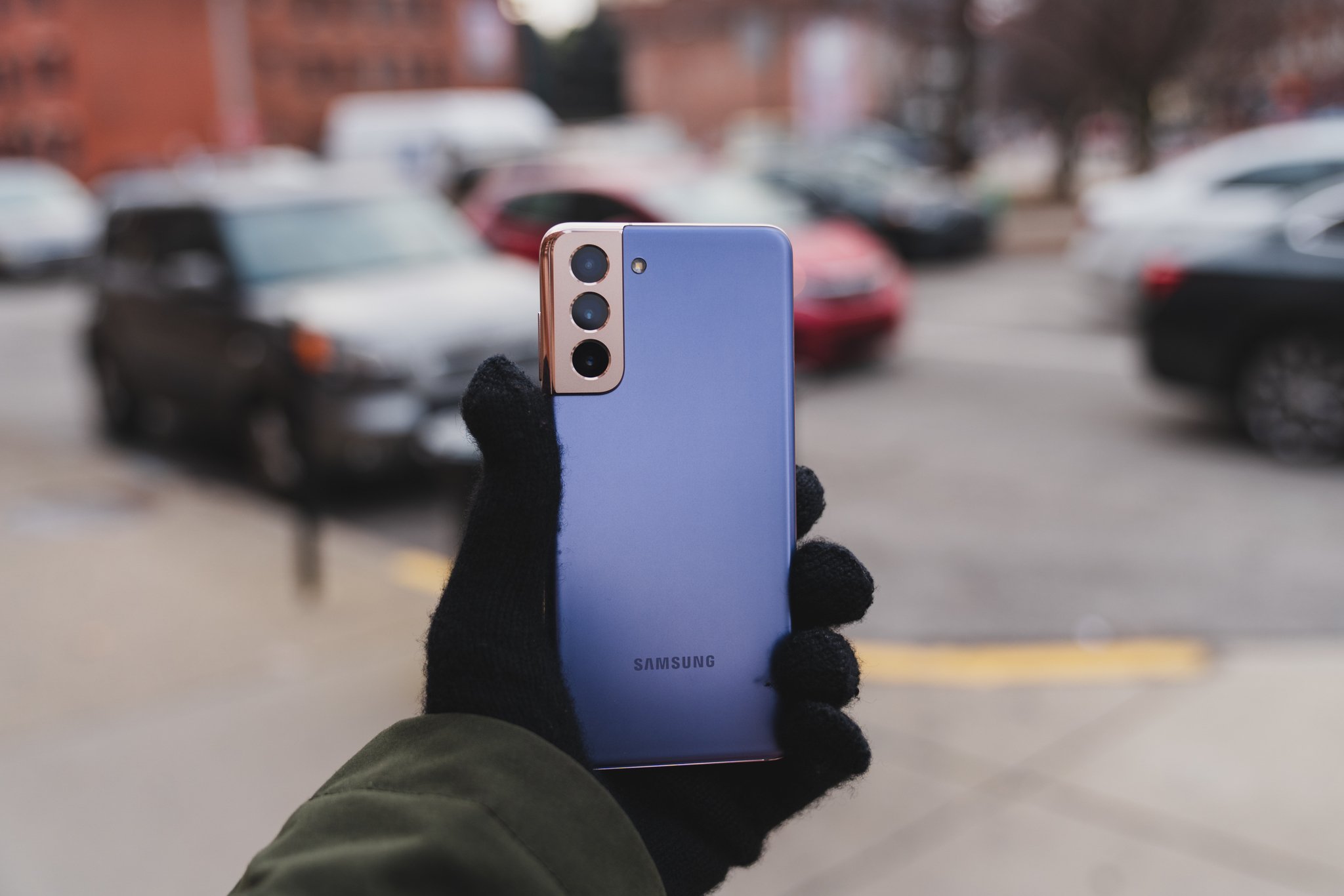
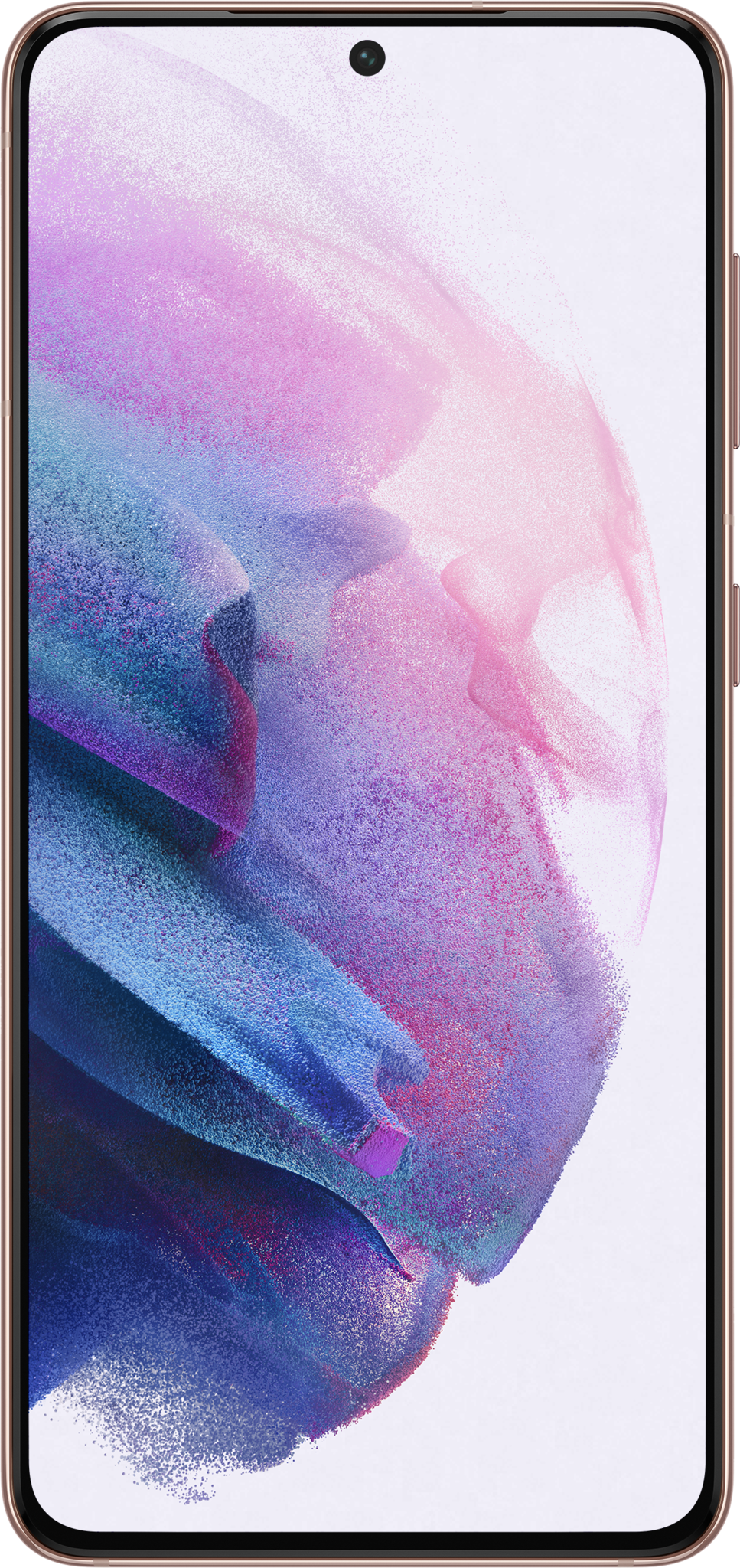
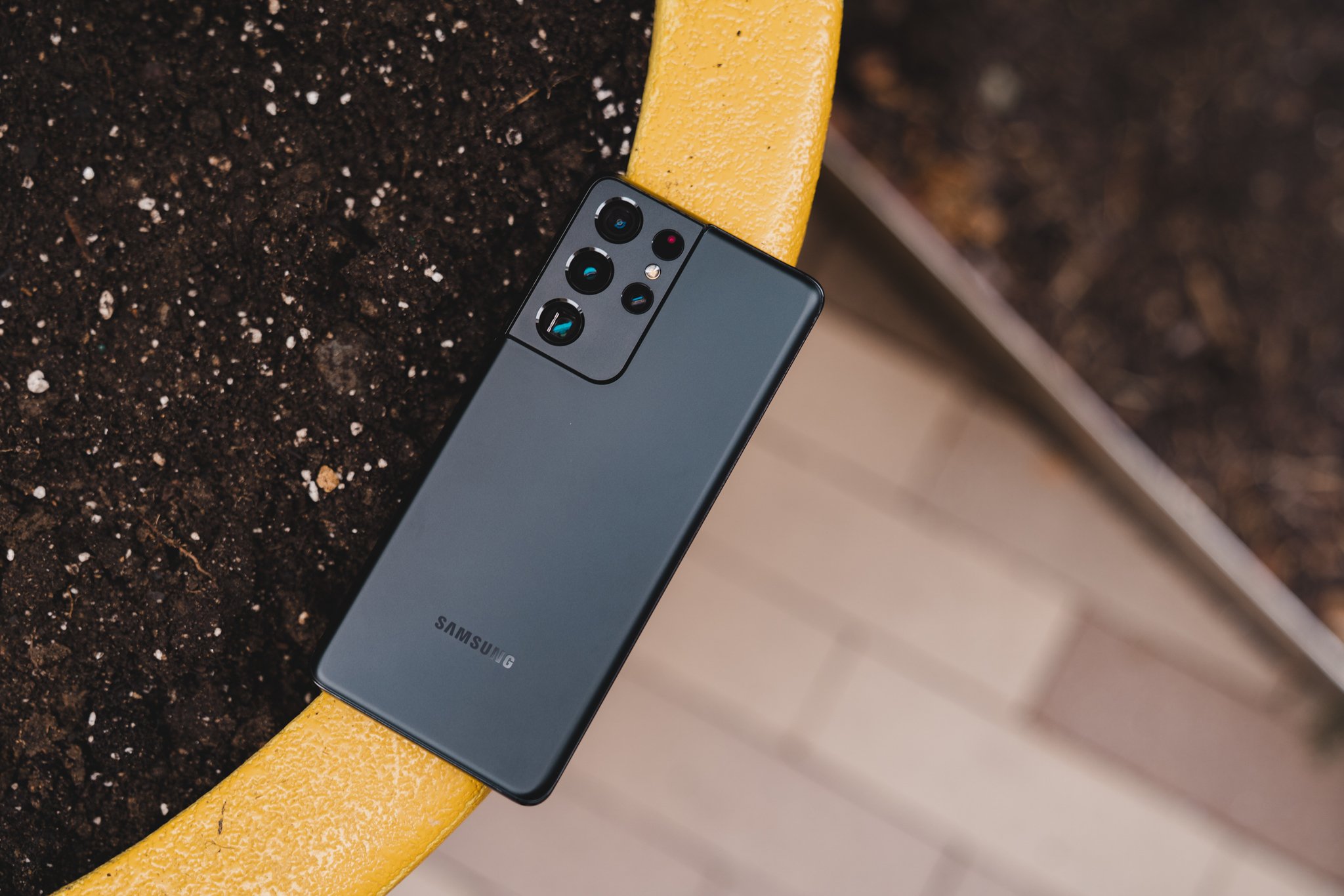
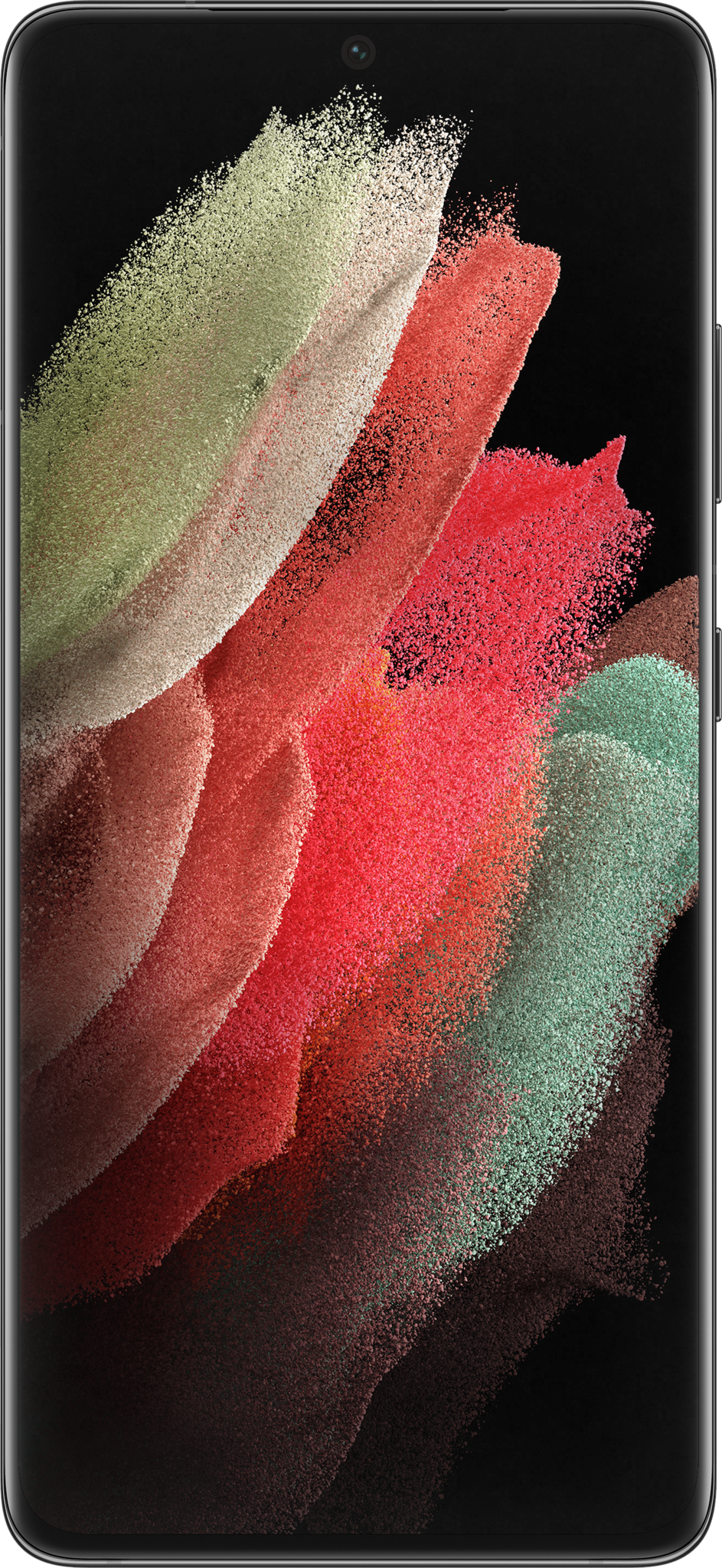
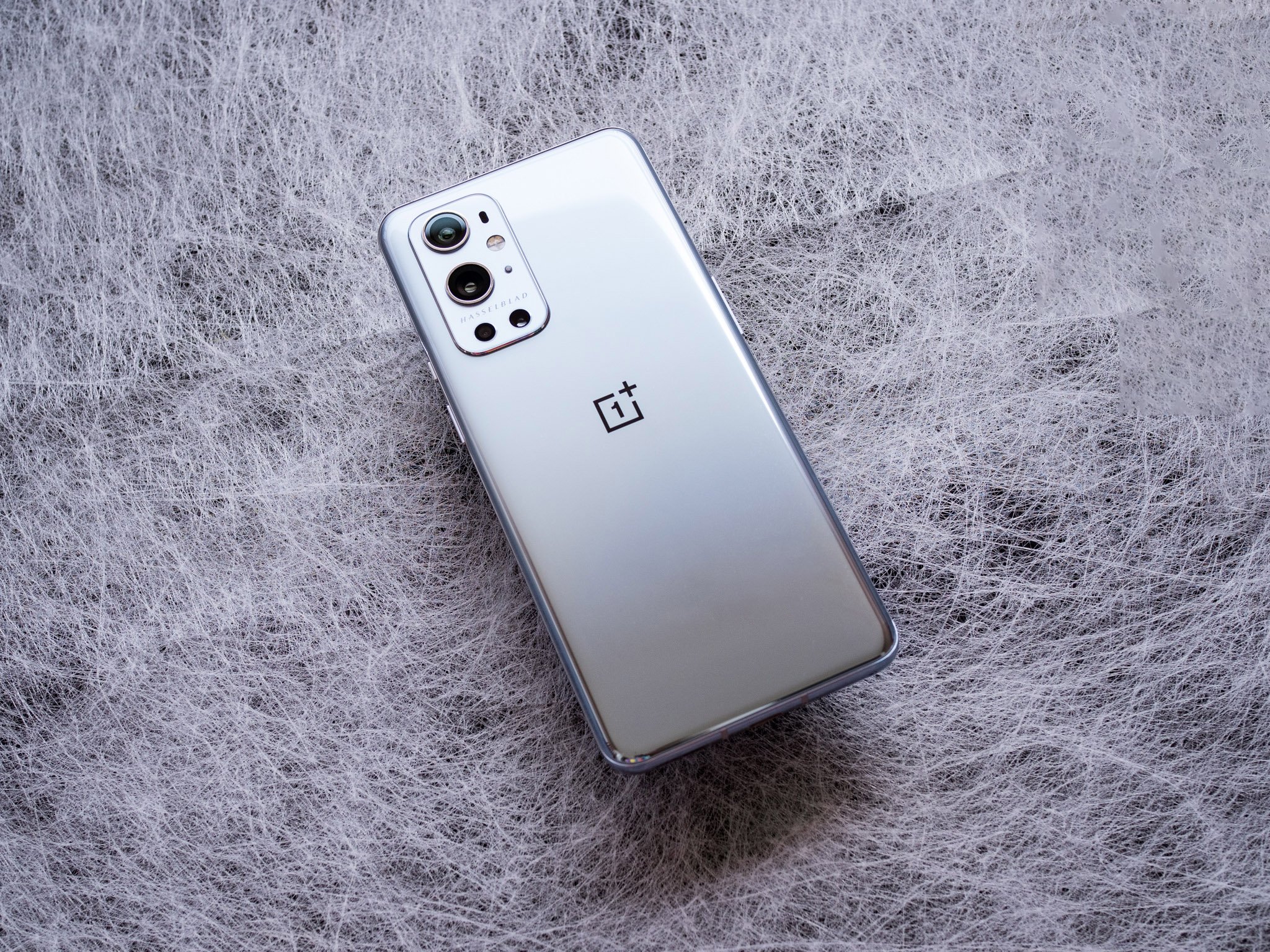
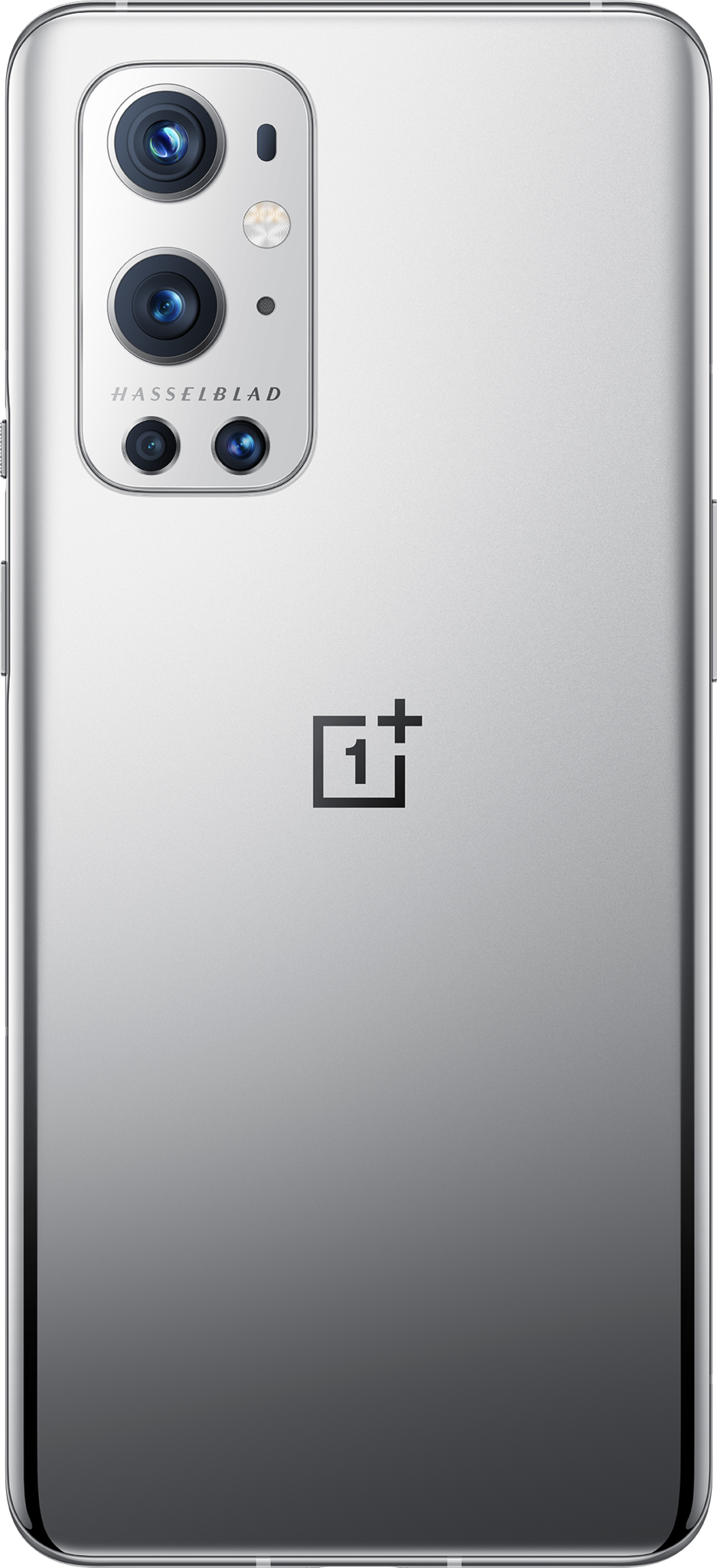
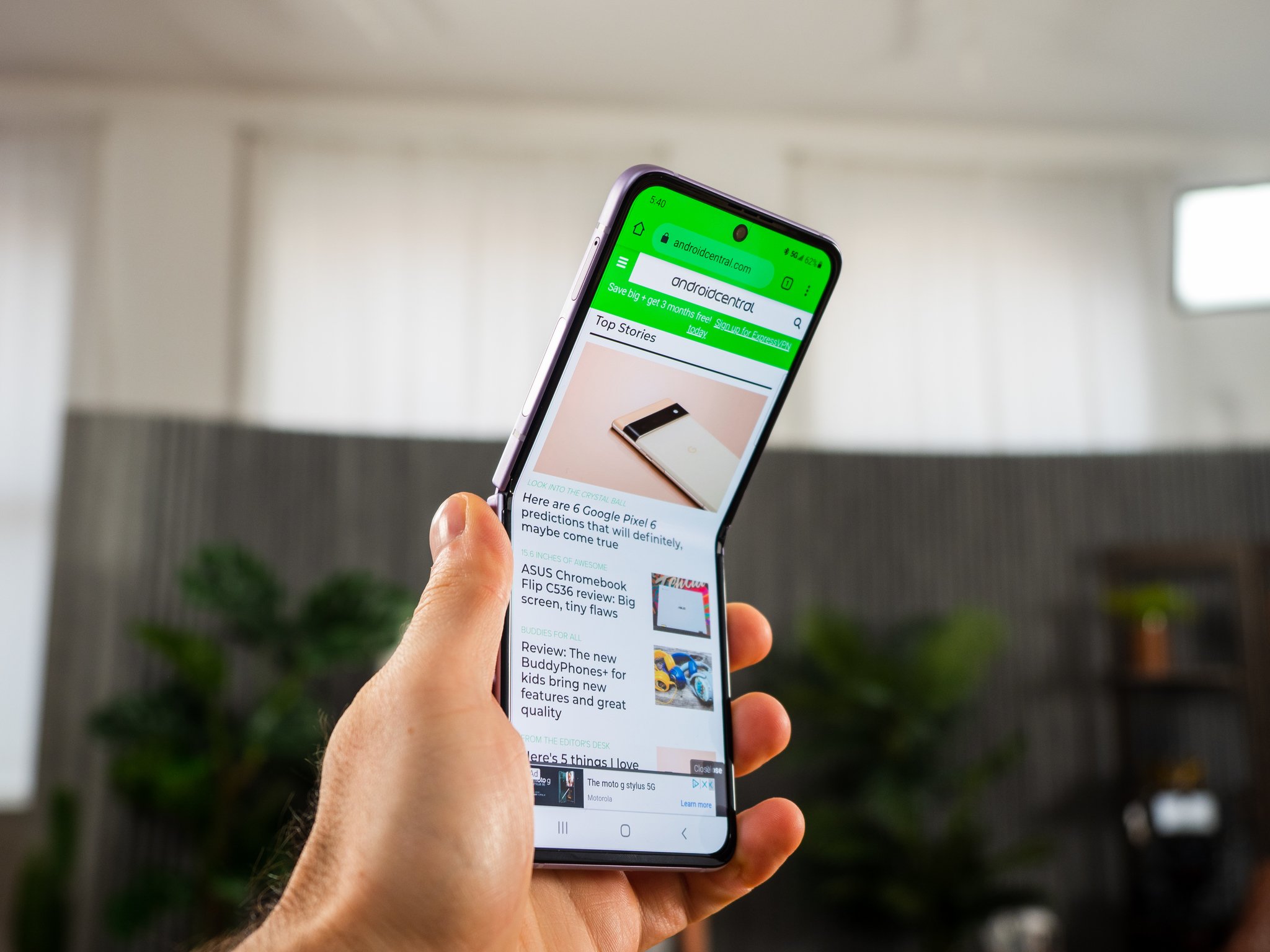
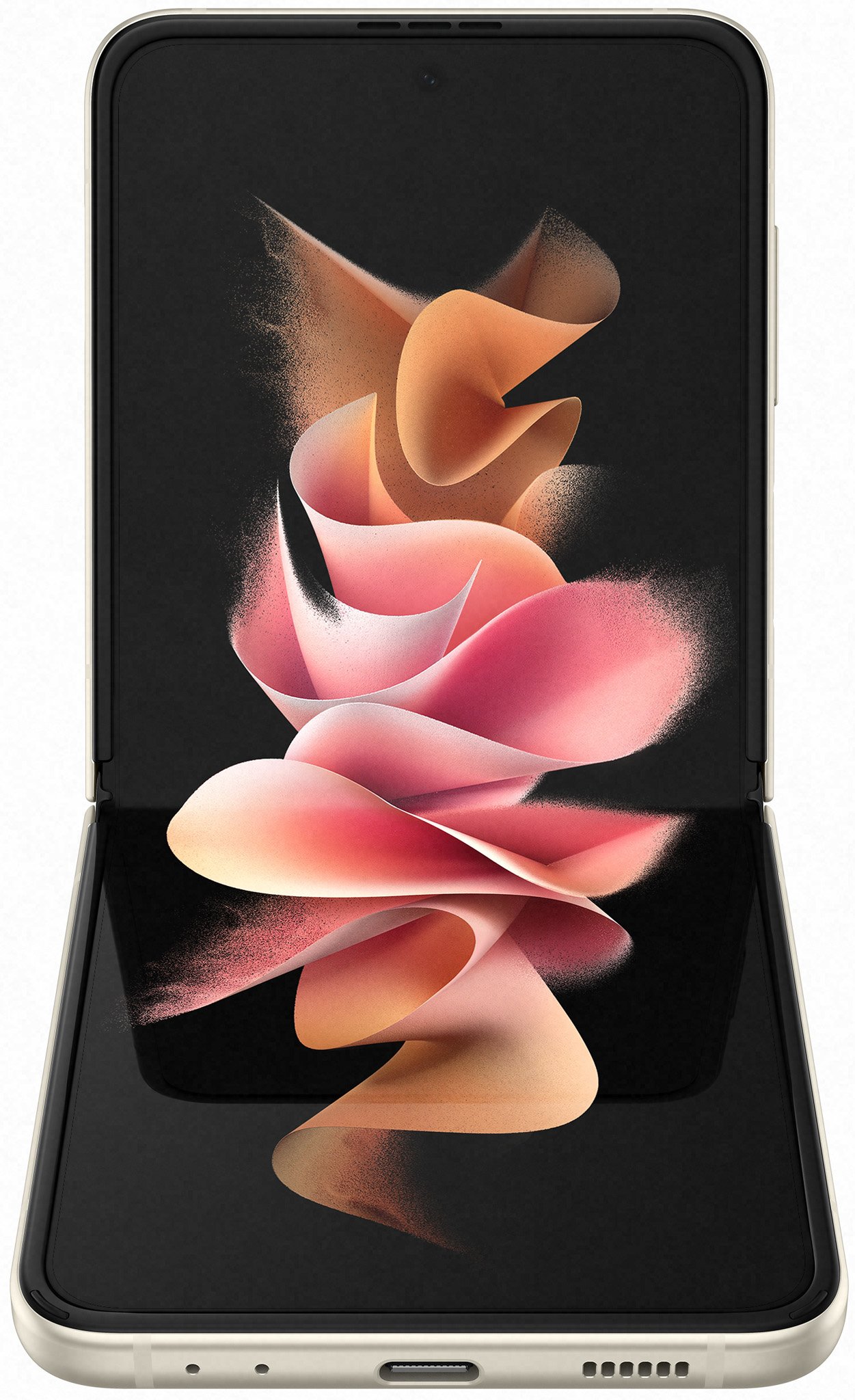
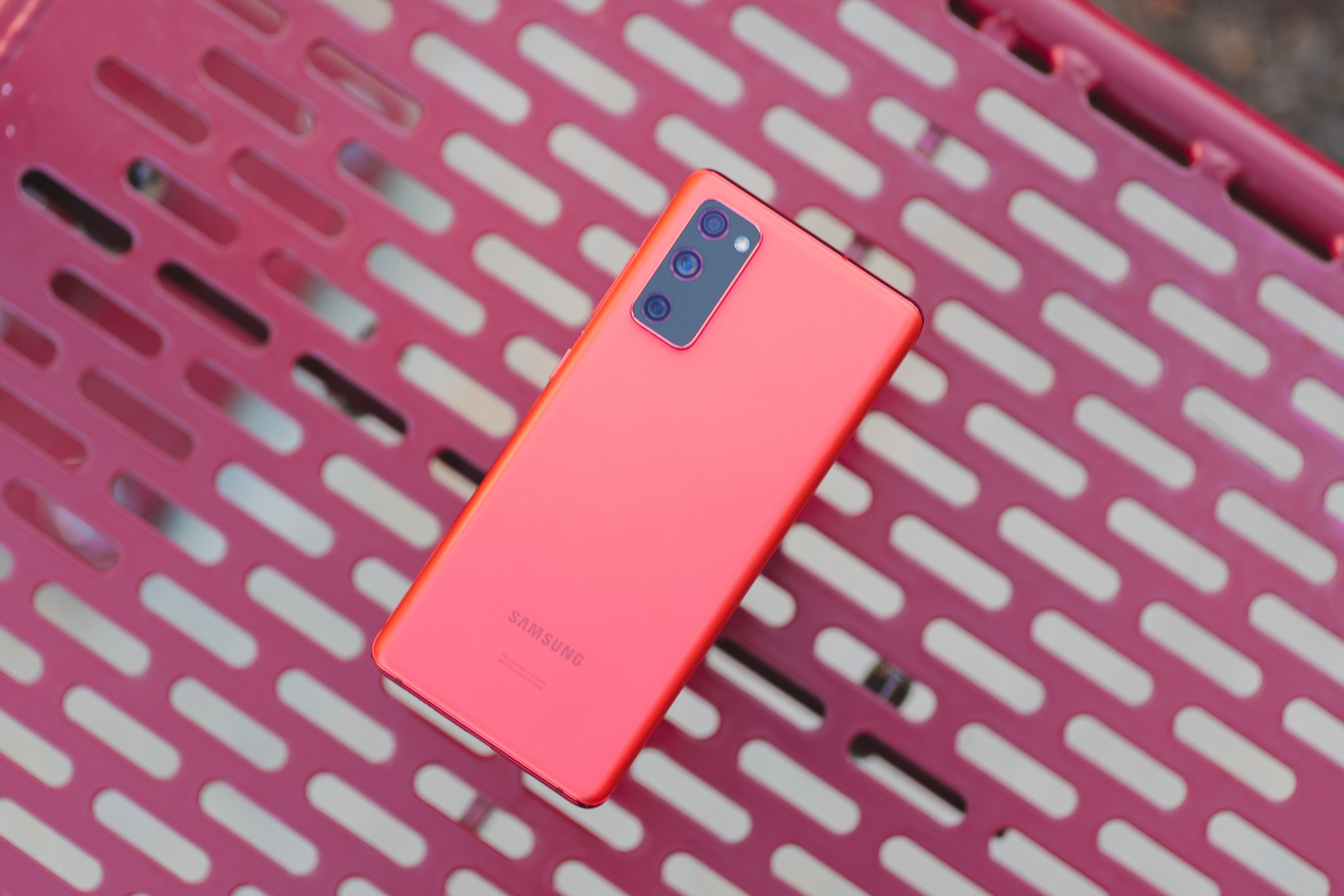
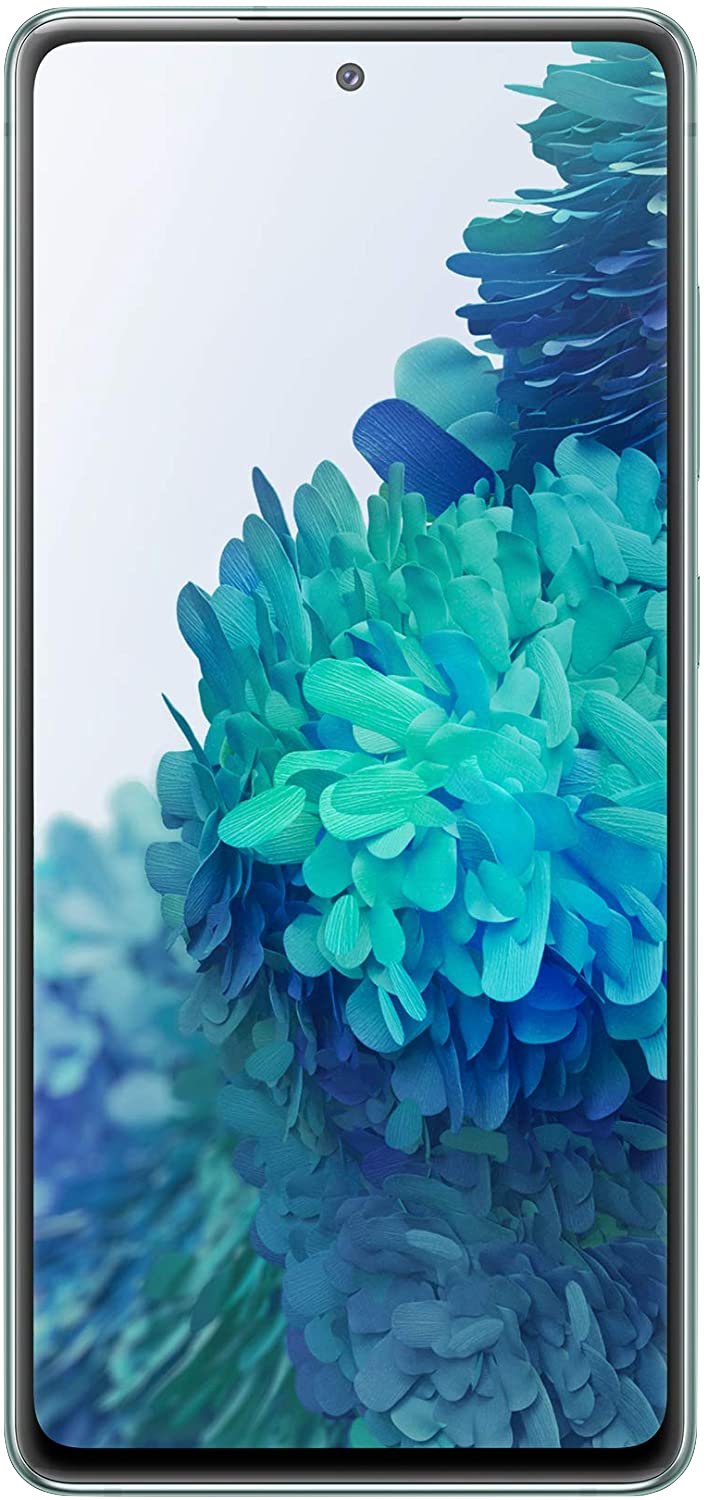
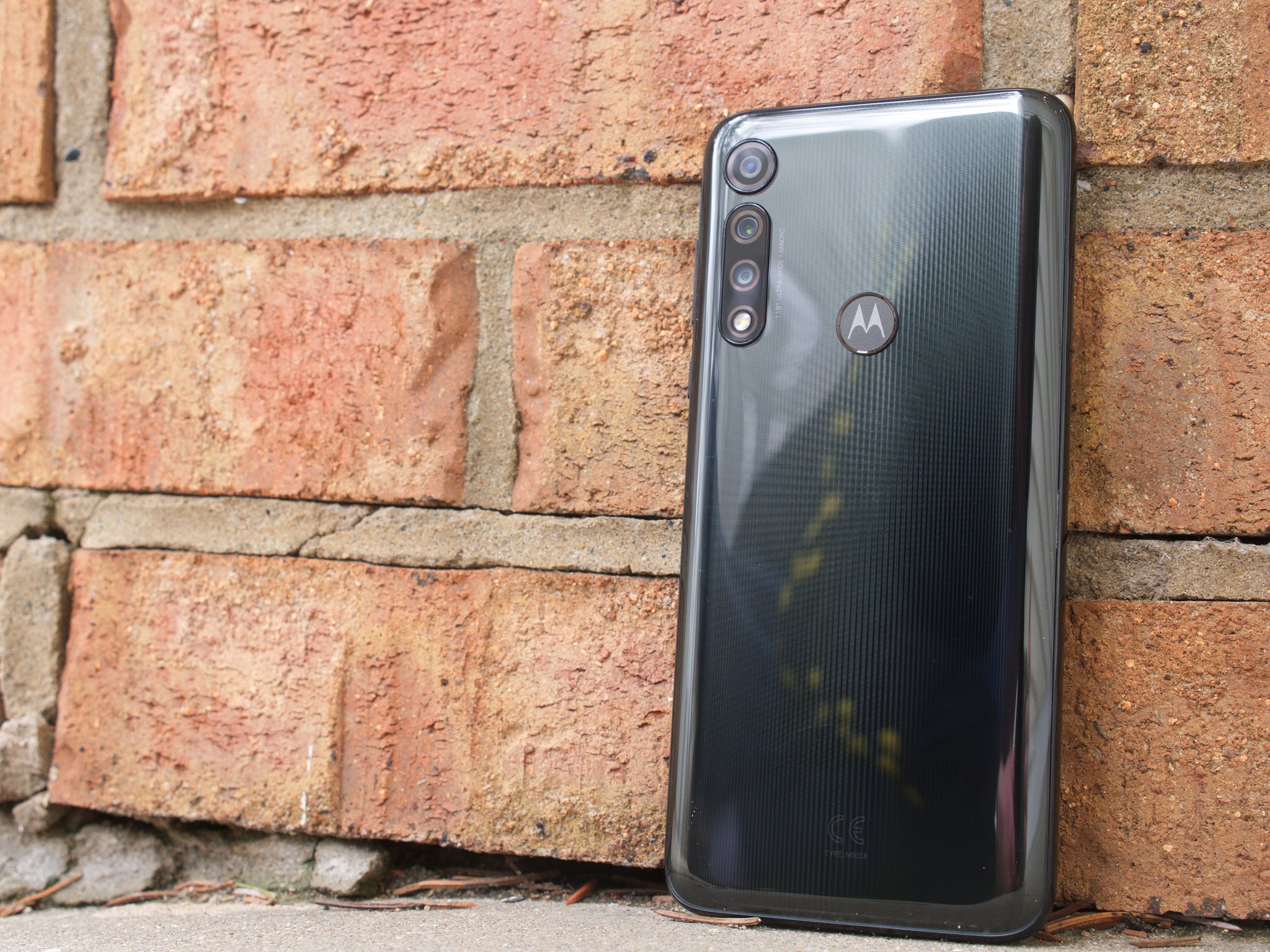

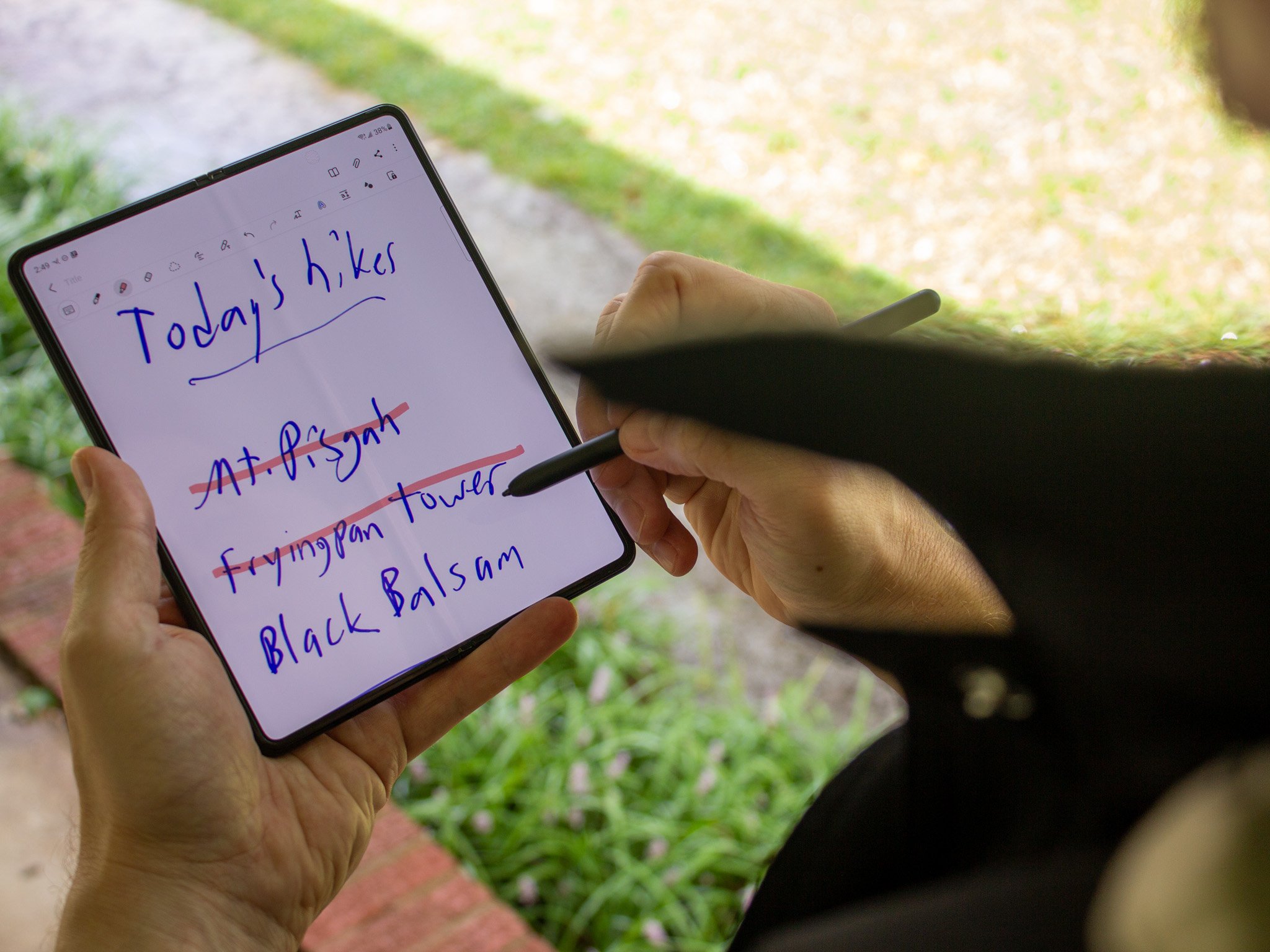
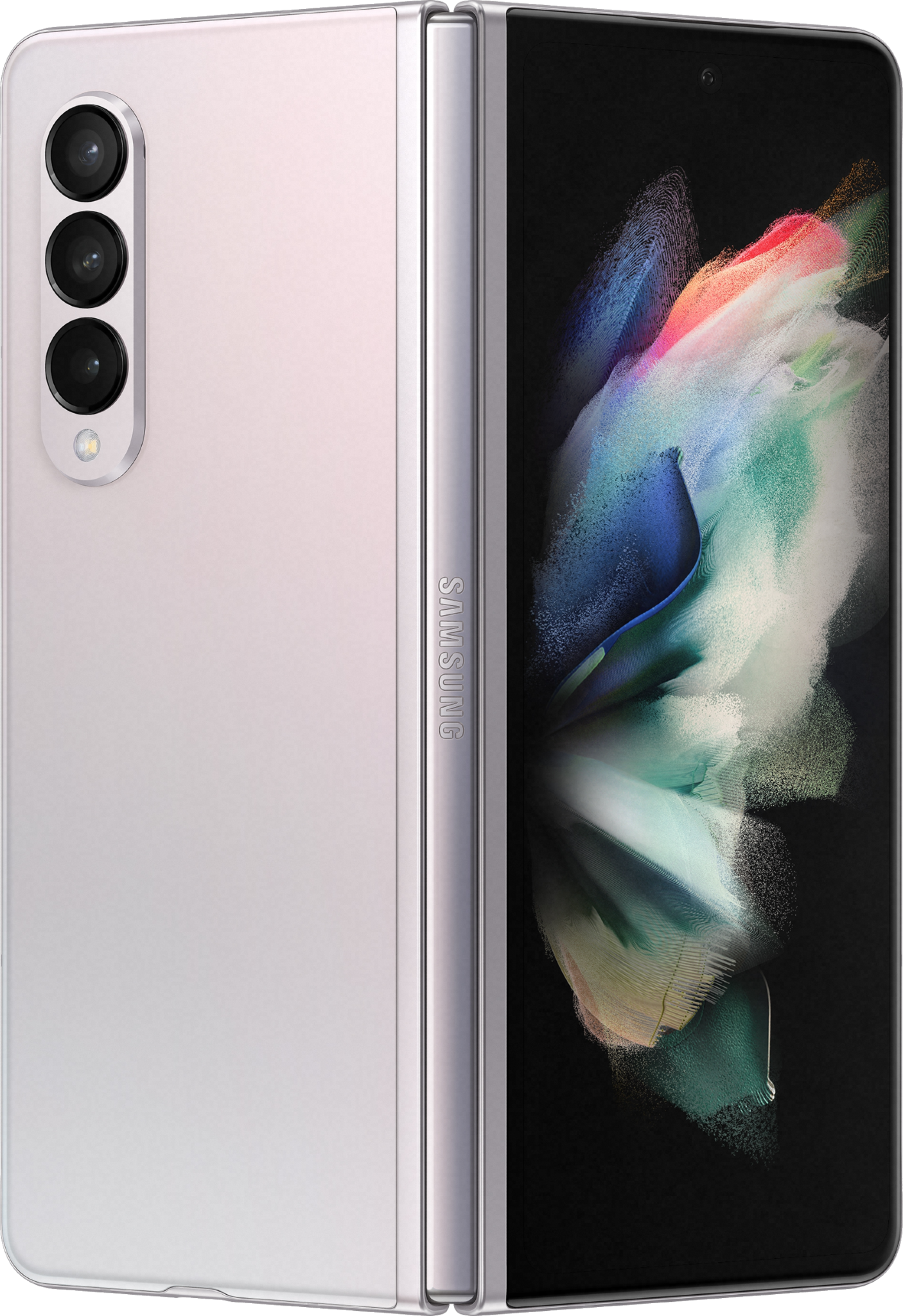
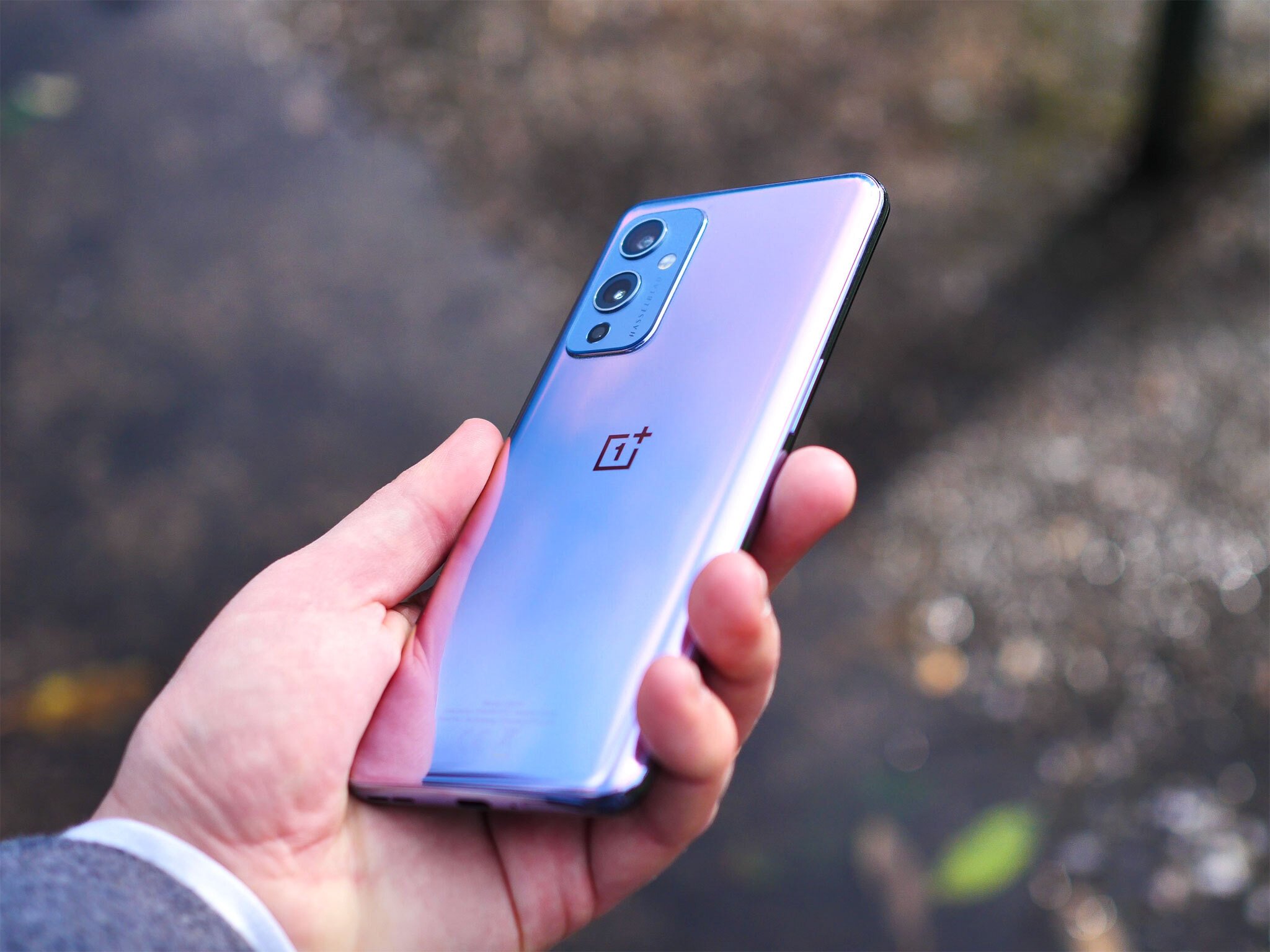
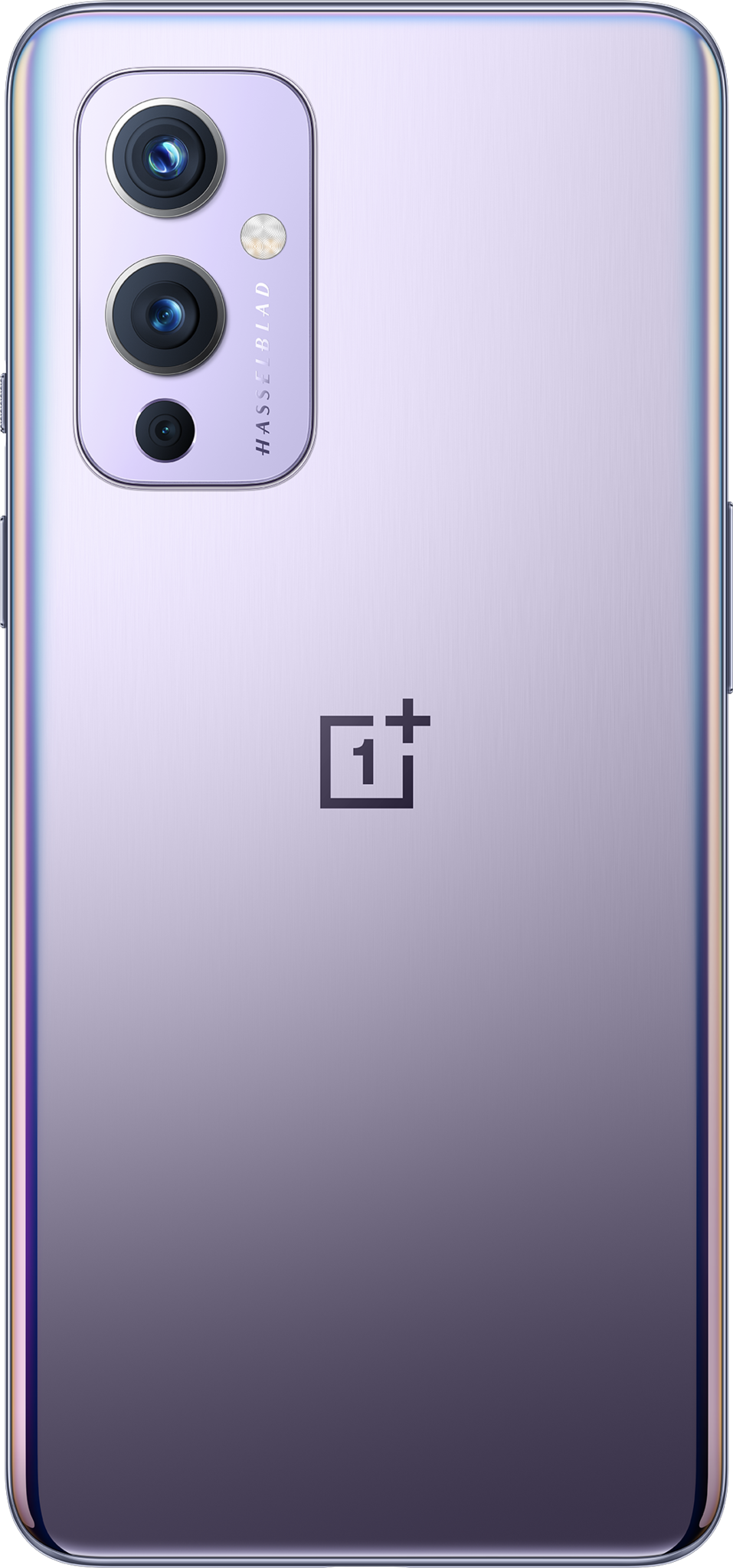
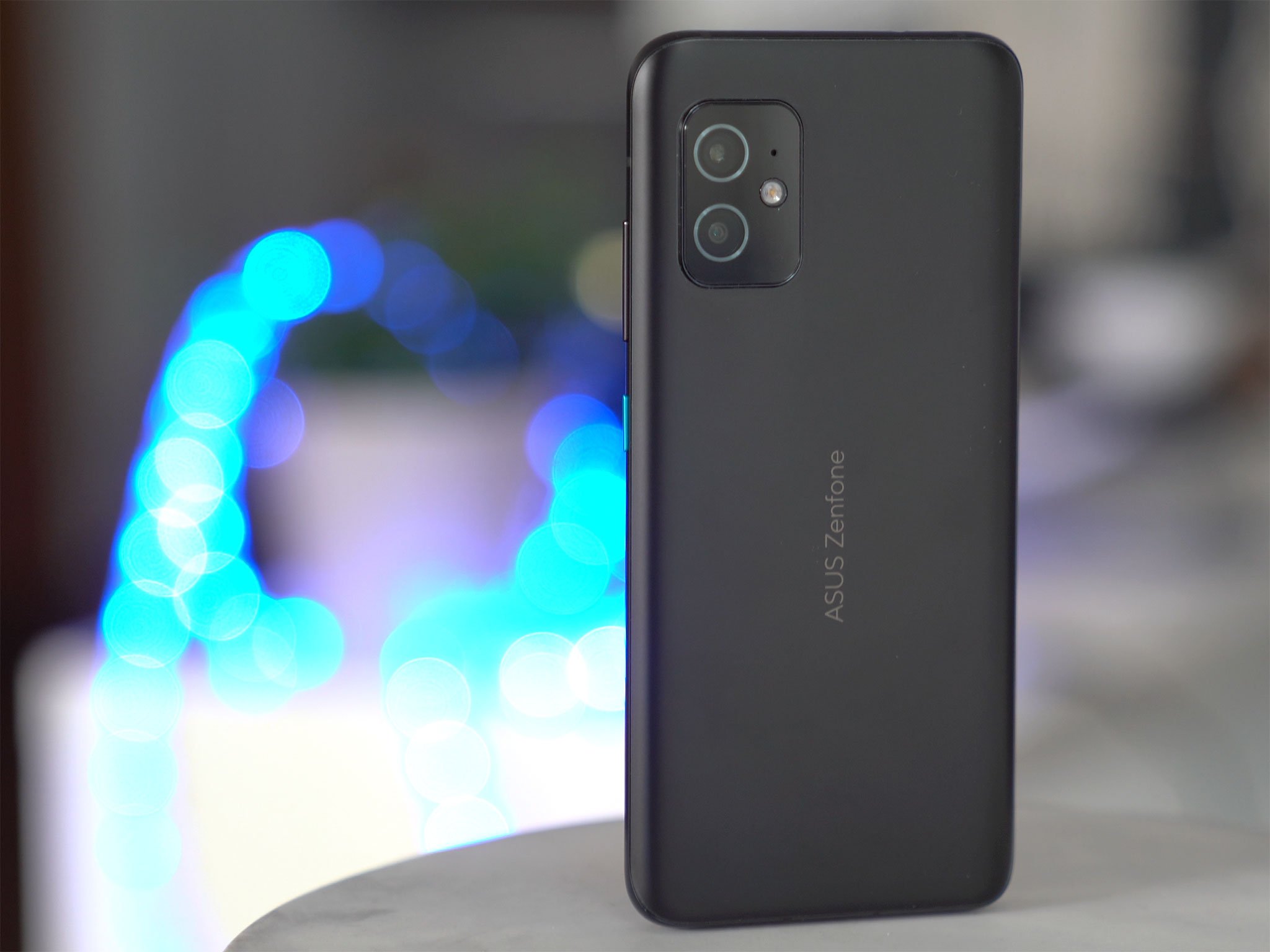
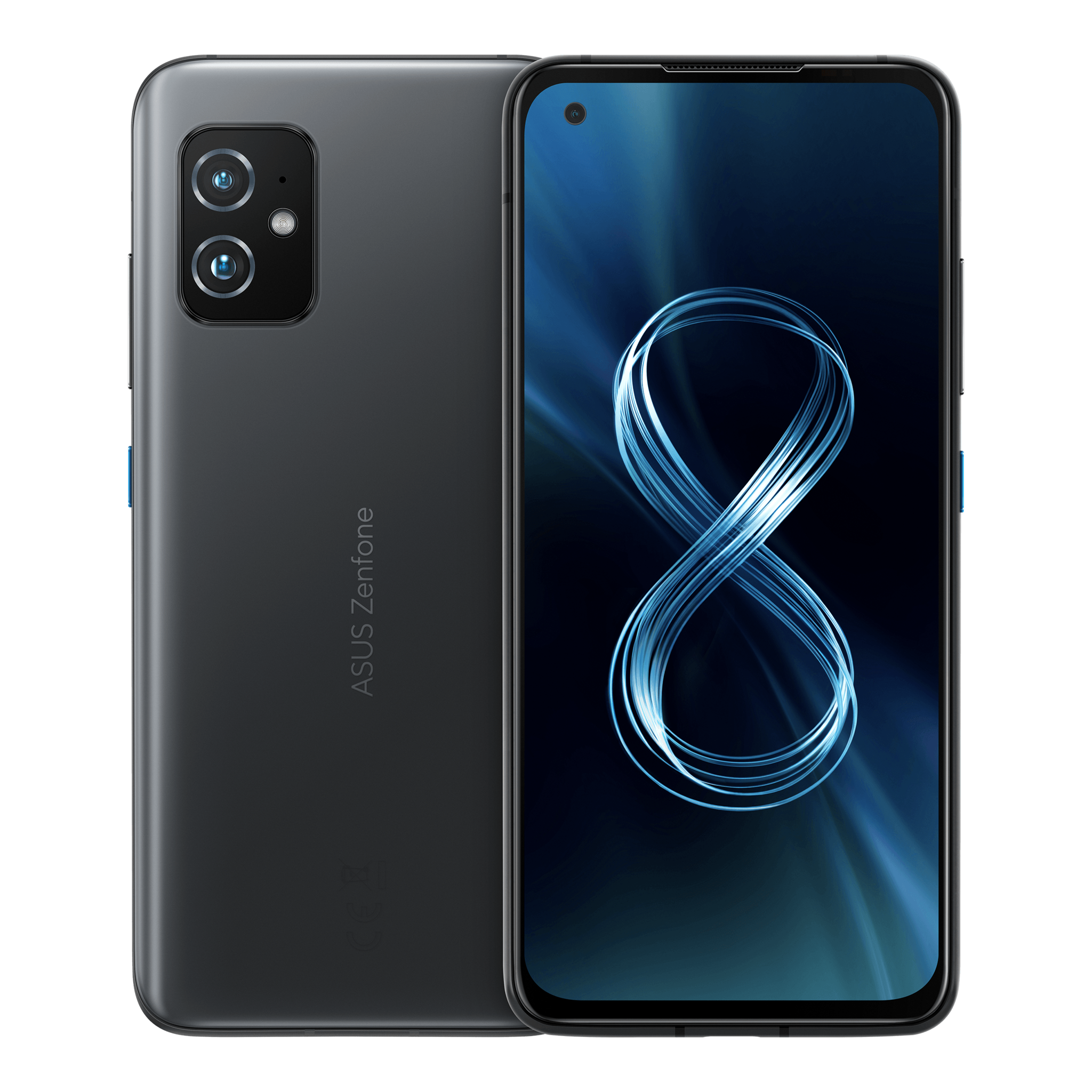
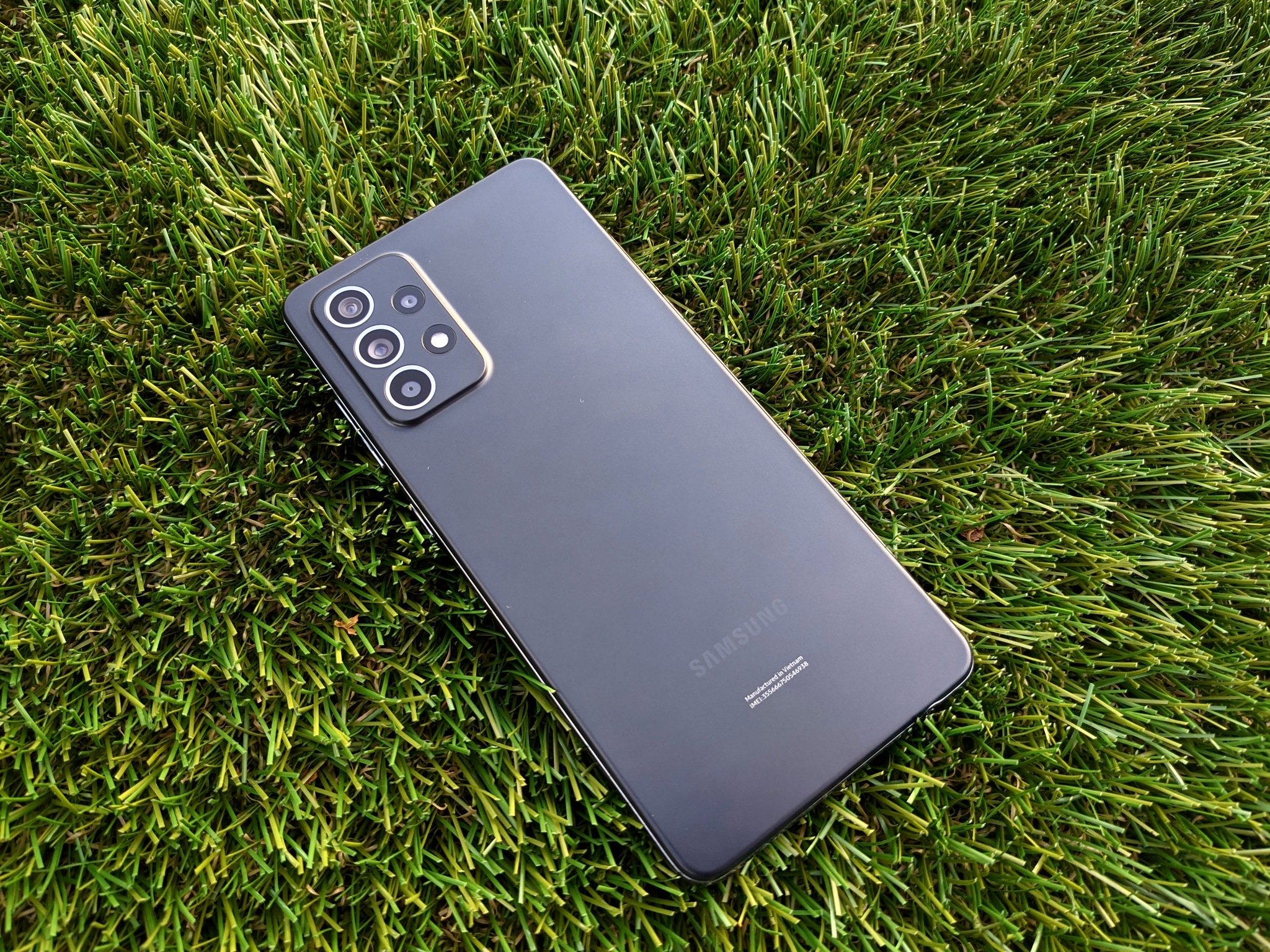
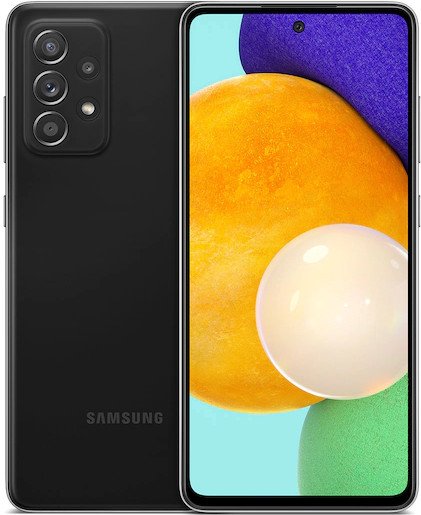
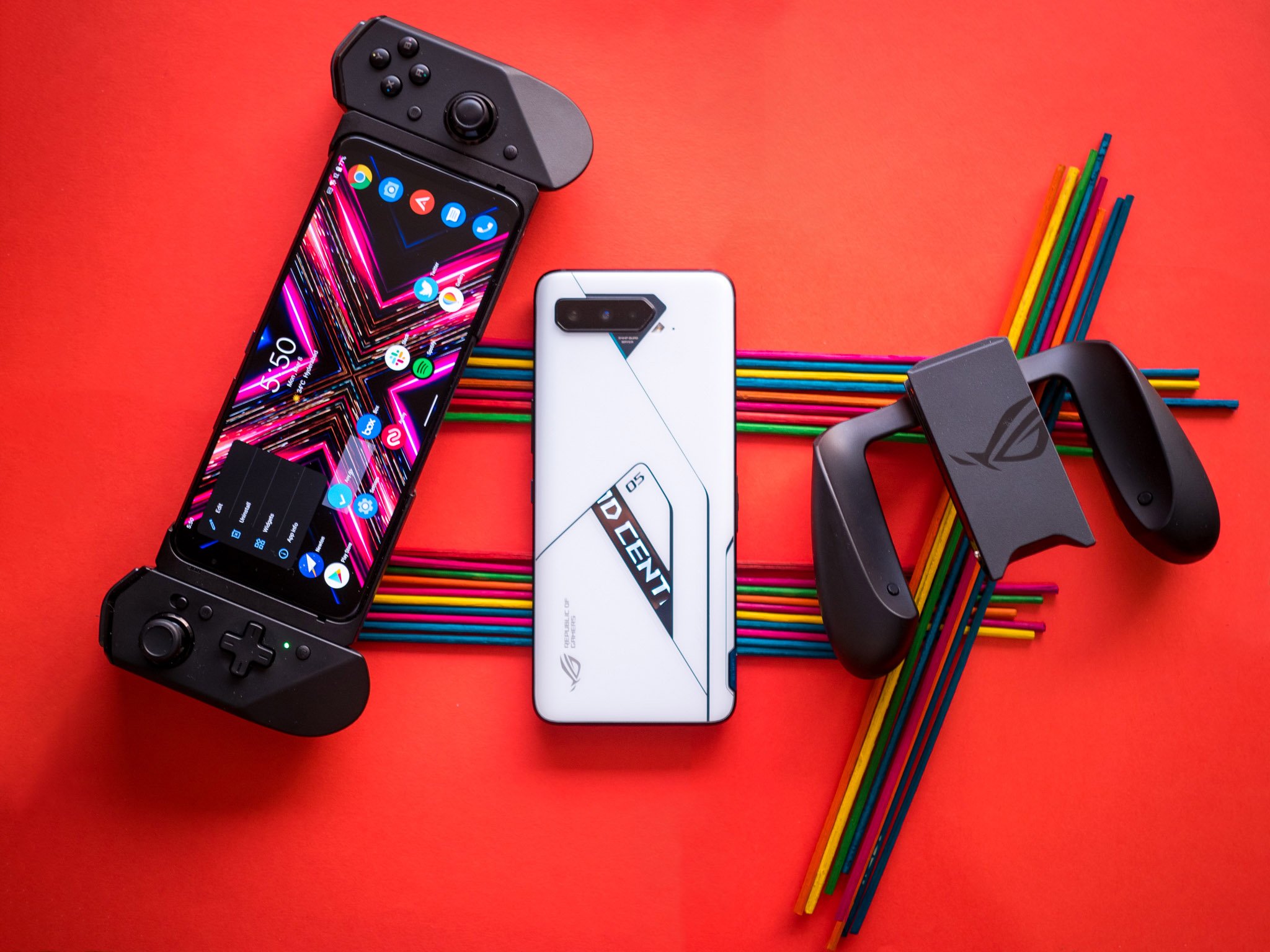
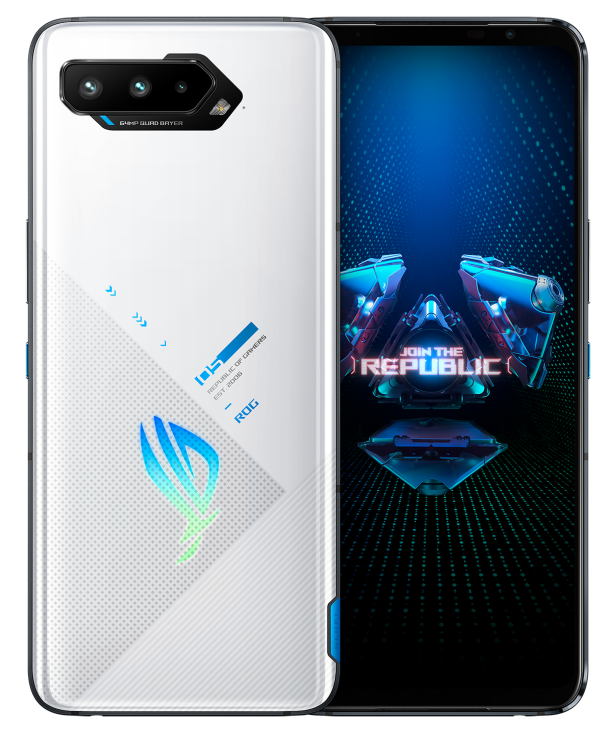
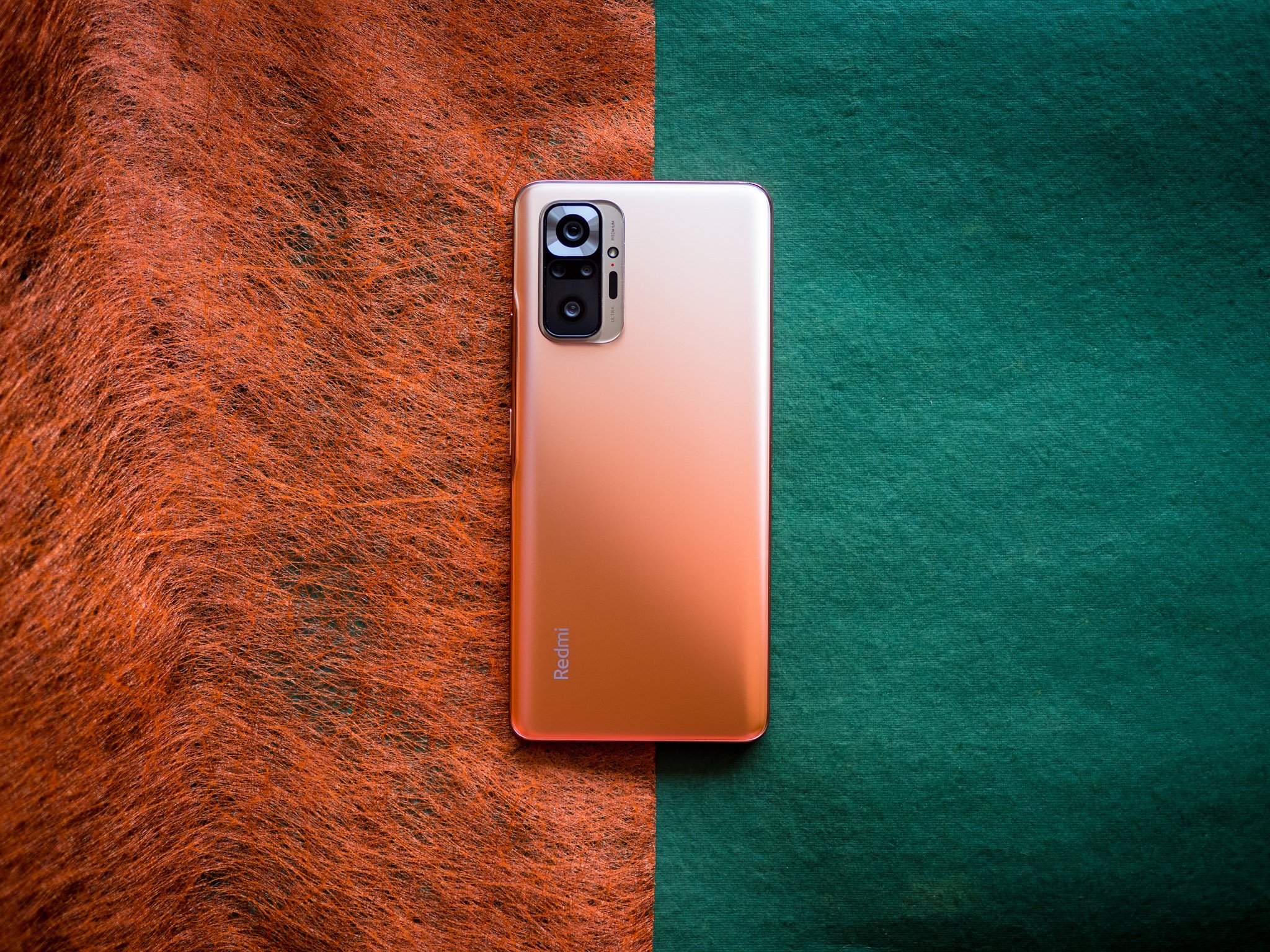
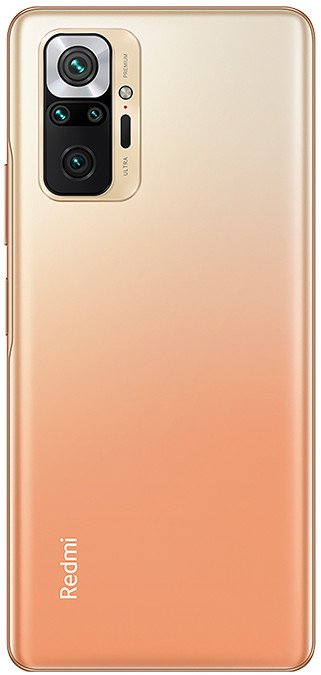
Tidak ada komentar:
Posting Komentar